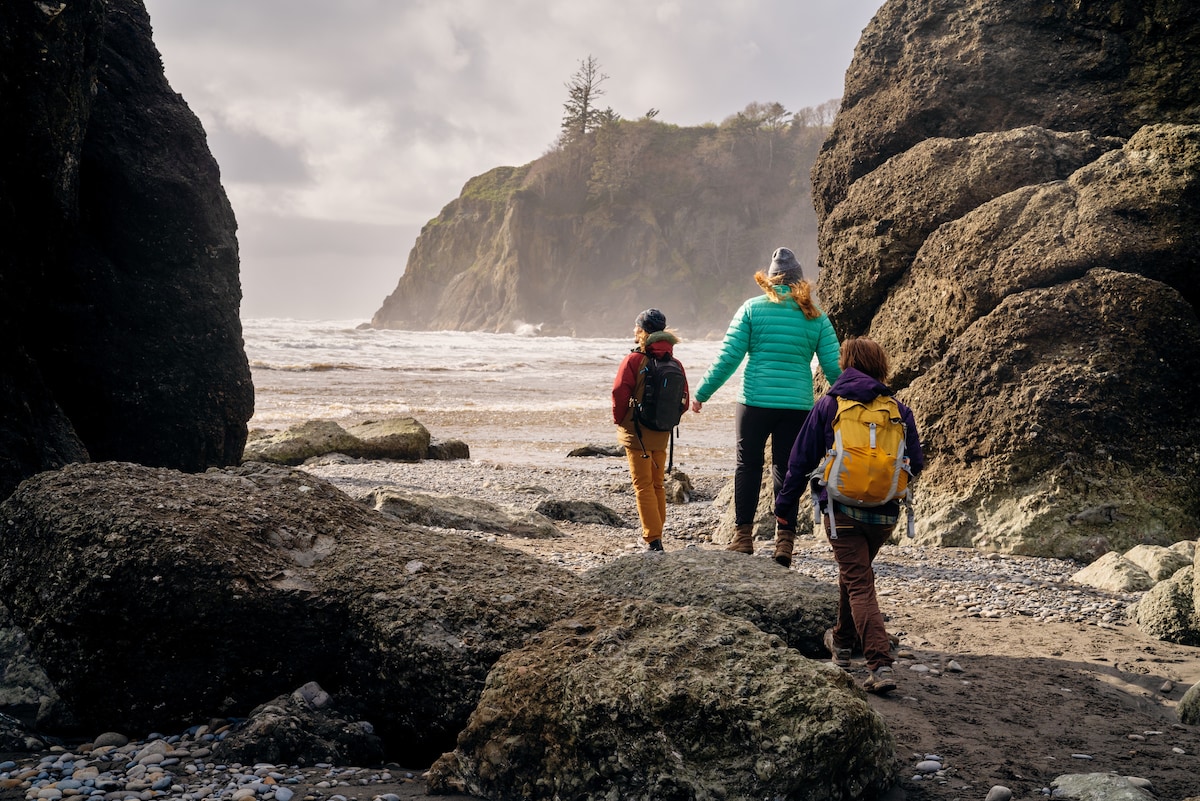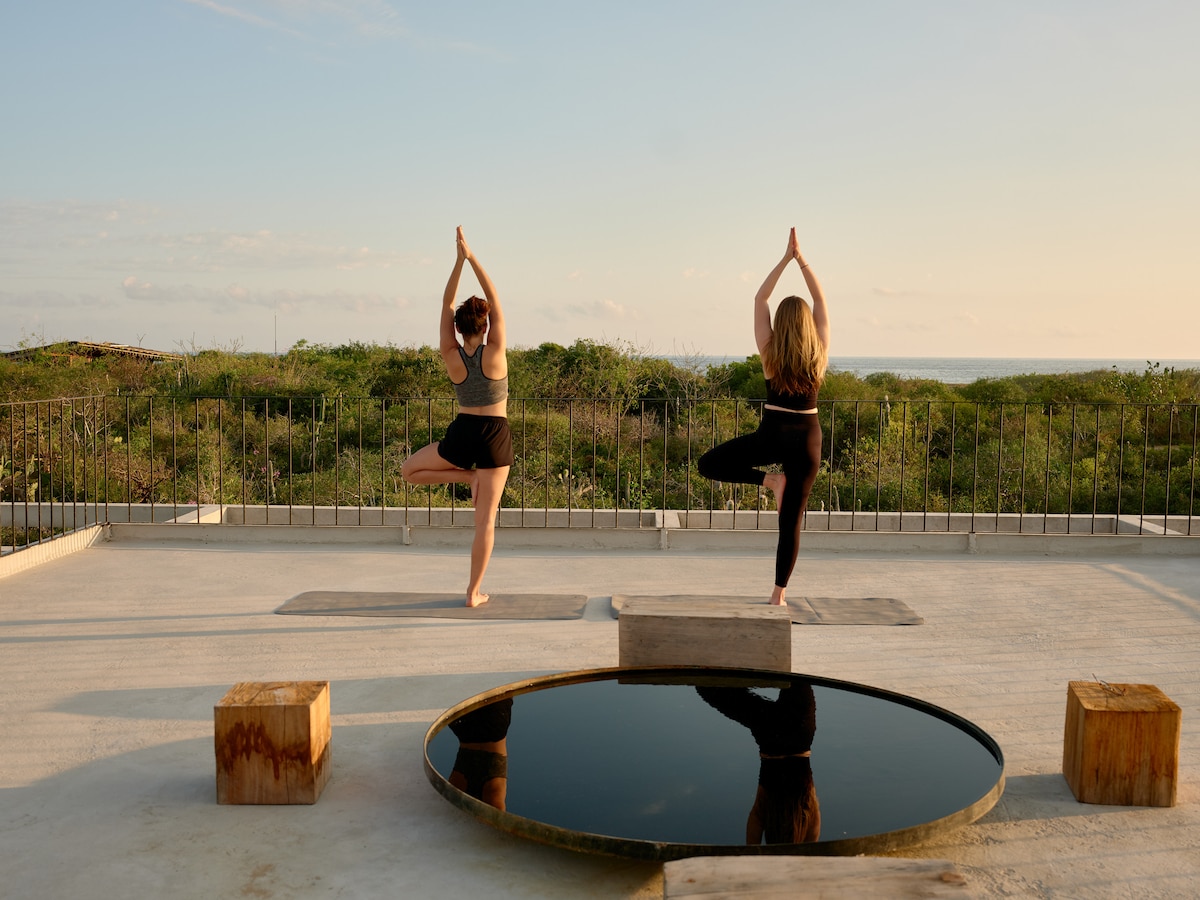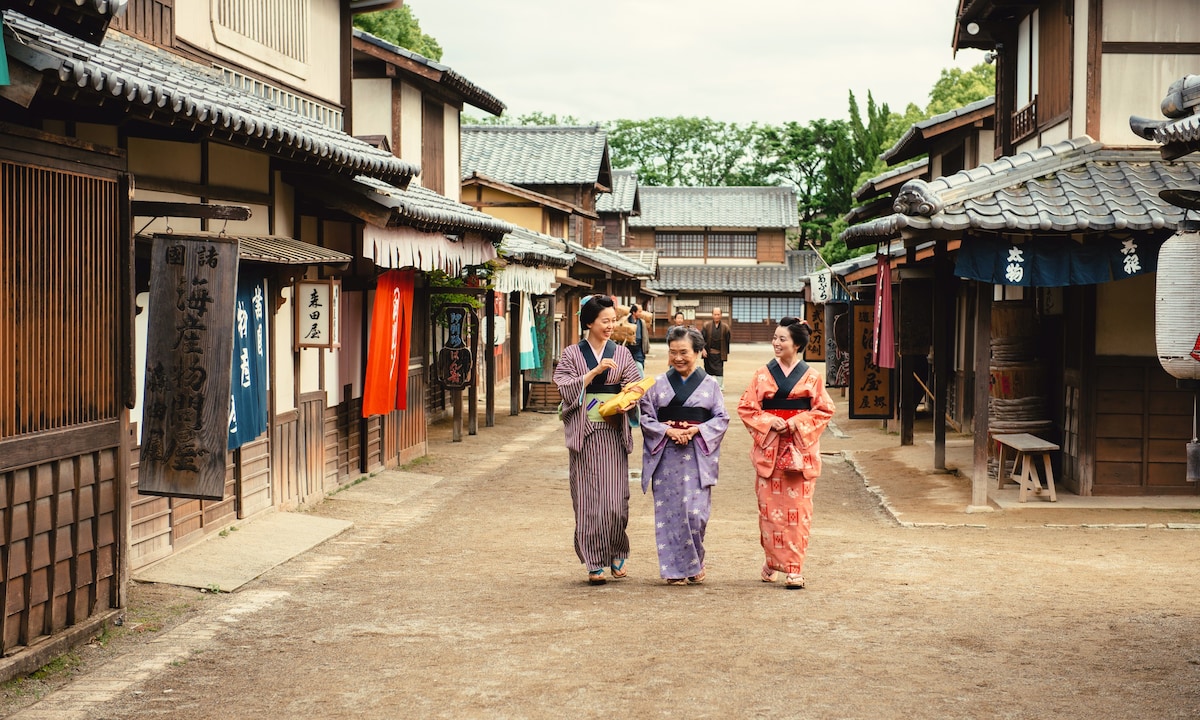
Vacation rentals in Kyoto
Find and book unique accommodations on Airbnb
Top-rated vacation rentals in Kyoto
Guests agree: these stays are highly rated for location, cleanliness, and more.
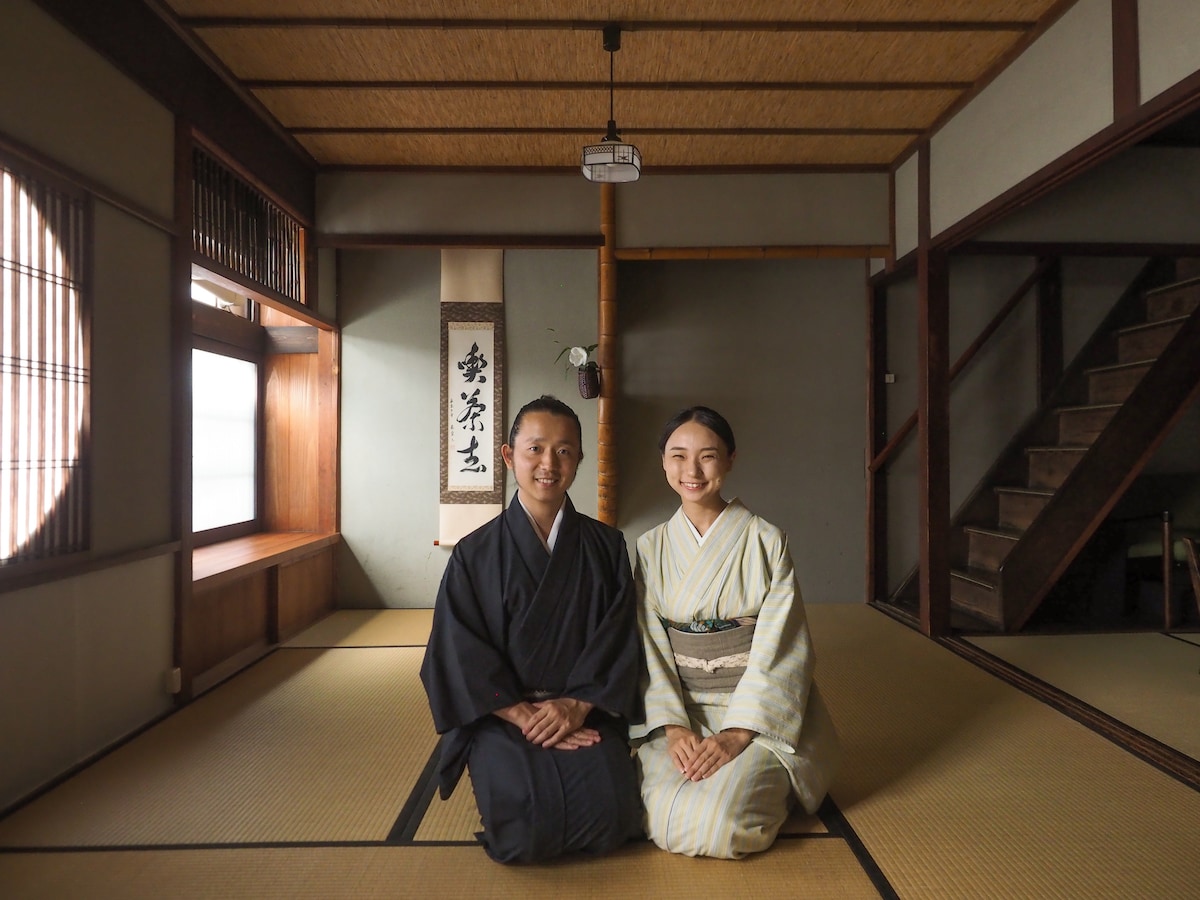
京町家コテージkarigane
Built in the early Showa era and long used as a tea ceremony classroom, the townhouse has been reborn as a private rental inn, "Kyomachiya Cottage karigane". It is a 1-minute walk to the hot springs and Daikokuji Temple, which has deep ties to tea. Shino, with its unique cafes, coffee roasters, delicious Japanese confectionery stores, bakeries, and soba shops. Please use the carefully restored Kyomachiya as your base for sightseeing in northern Kyoto, where time flows slowly, with a focus on natural materials and traditional craftsmanship by Miyadai Koge and Saigo craftsmen.
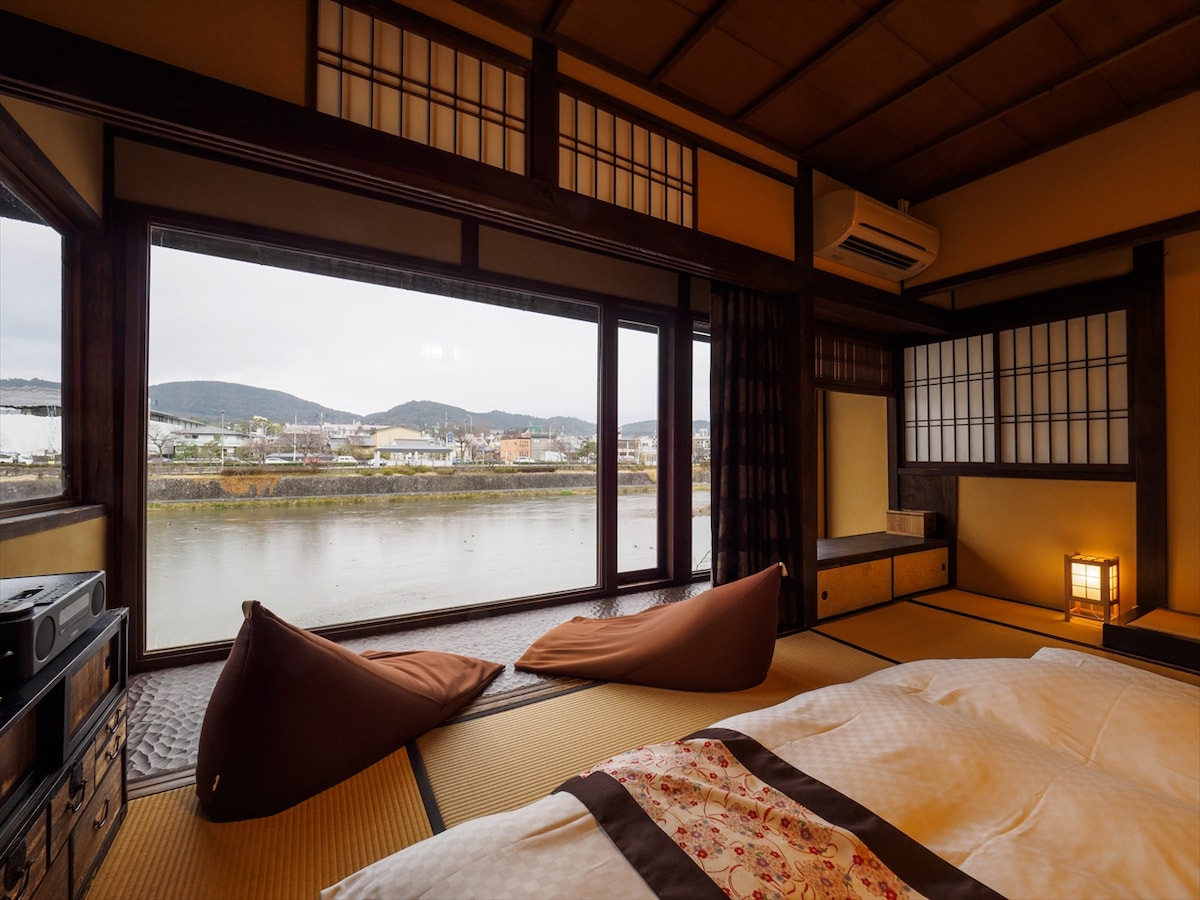
K's Villa Kamogawa - Excellent River View
K's Villa Kamogawa-an is an authentic Kyoto style wooden house located right beside the Kamo river only 3 mins walk from Shichijo station. Maximum 7 guests, Suitable for 2 - 5 guests Please ensure you select the correct number of guests when booking <Important> Please come to K's Villa Office (K's House Kyoto) to CHECK-IN before 20:30pm. ※Please do NOT go to K's Villa directly. ・If you arrive before 16:00, we can keep your luggage at K' s Villa Office(K's House Kyoto) anytime after 9:00am.
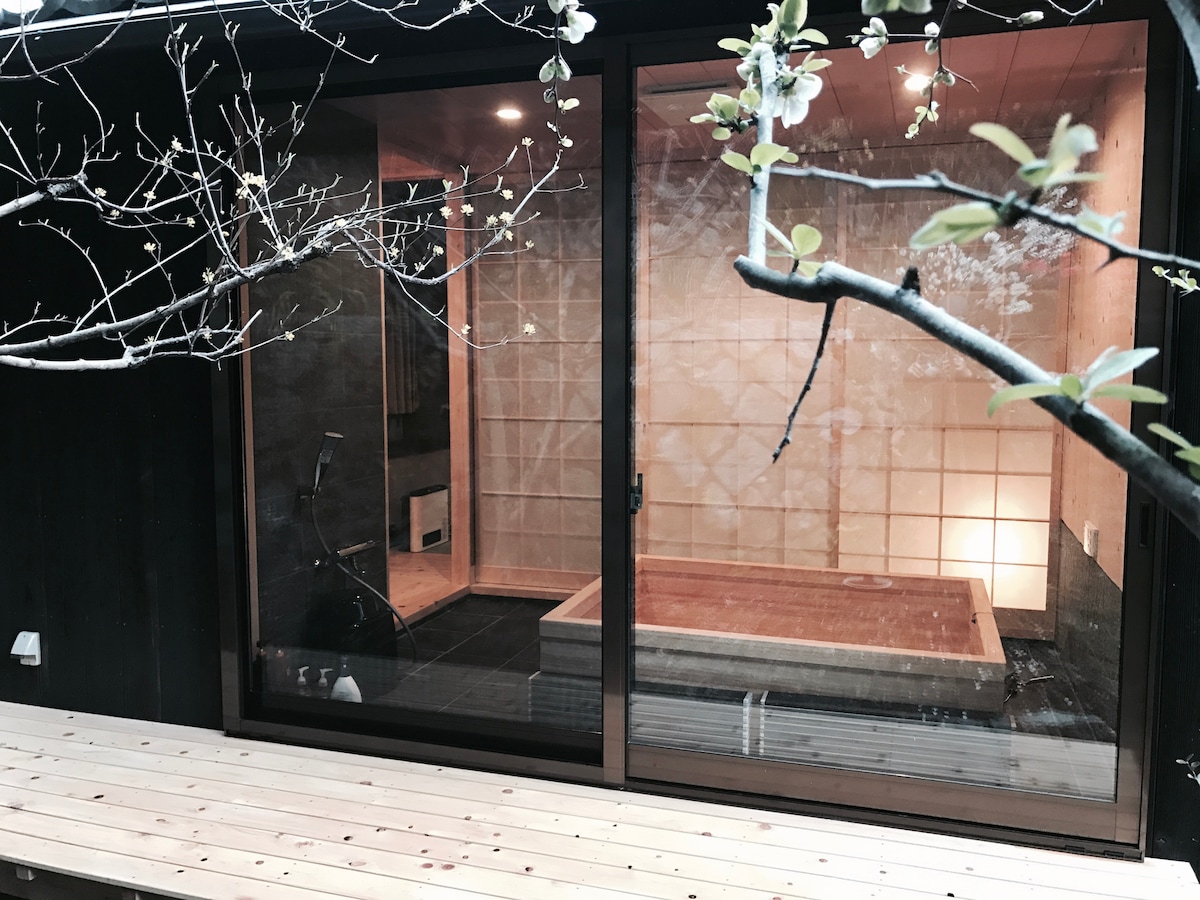
Artist's house in Kyoto with a big cypress bath
I am an Artist / Photographer born in Kyoto I started hosting because I love meeting people from all over the world and making new friends. This place used to be one big guesthouse, but during Covid19, I have stopped running the guesthouse and I moved in with my wife and 2 kids. Still I didn't want to give up so I left the good parts. Private cypress bath and renovated rooms and made another entrance for the Guests. So now it is 2 separate house Please check the house rules before you book.
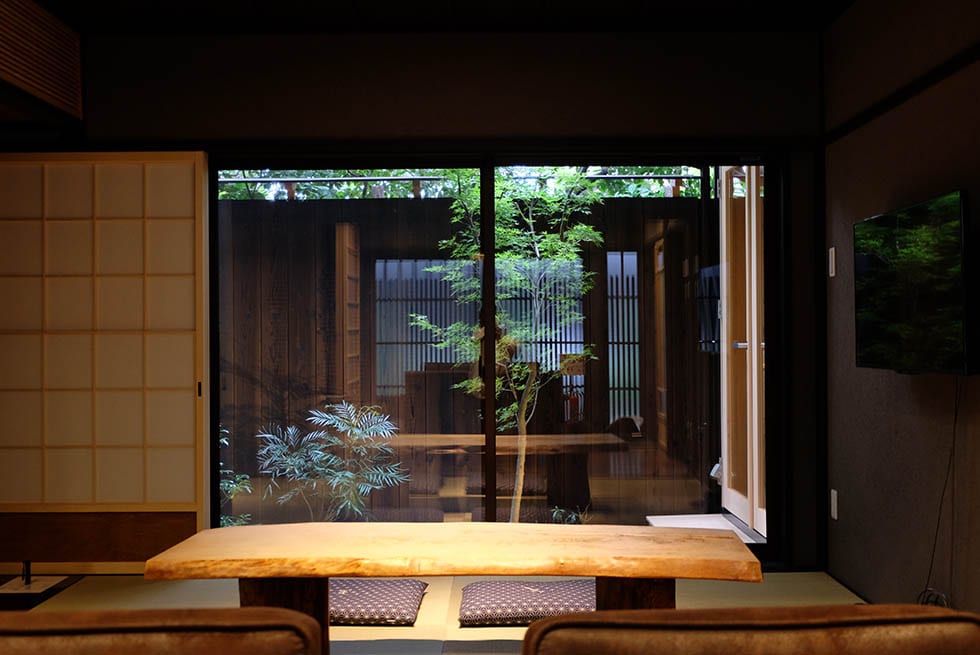
Reikaku Yasaka | Gion | Historical Machiya
Reikaku Yasaka was a building in ruins with the floor tilted by at least 30cm when we discovered this hidden jewel. The restoration was particularly difficult due to the state it was in but our craftsman’s determination to bring this Machiya back to its formal glory paid off for Reikaku Yasaka. The result is Japanese craftsmanship at its best and we are very proud to be able to share the result with the rest of the world. Check our other house as an alternate option @ Reikaku Kiyomizu-Gojo

kyoto villa soso (Near Kyoto station)
《May 2019 TV can be watched.》 It is located 15 minutes on foot from Kyoto station. It will be lent to a Kyoto townhouse style building. I put the finest furniture and the finest bed. You can also use wifi. The bath is about the size of two adults and uses Japanese cypress. It will be a very beautiful room just opened in January. Please try and stay at once. The location of the hotel is in a place where you can walk to downtown area of Kyoto and famous temples. It is a very convenient place.

CITY-CENTER, UNIQUE, LUXURY, HISTORICAL TOWNHOUSE
Centrally located our historic property offers a tranquil retreat just minutes from Kyoto Station and Gojo Station. You’ll be captivated by the stunning 150-year-old manicured garden that enhances the charm of the home. Our Machiya, registered as a significant historical asset, has been thoughtfully renovated by award-winning architects and retrofitted with luxurious modern amenities, including insulation, floor heating, double-pane windows, ensuring your comfort throughout your stay.
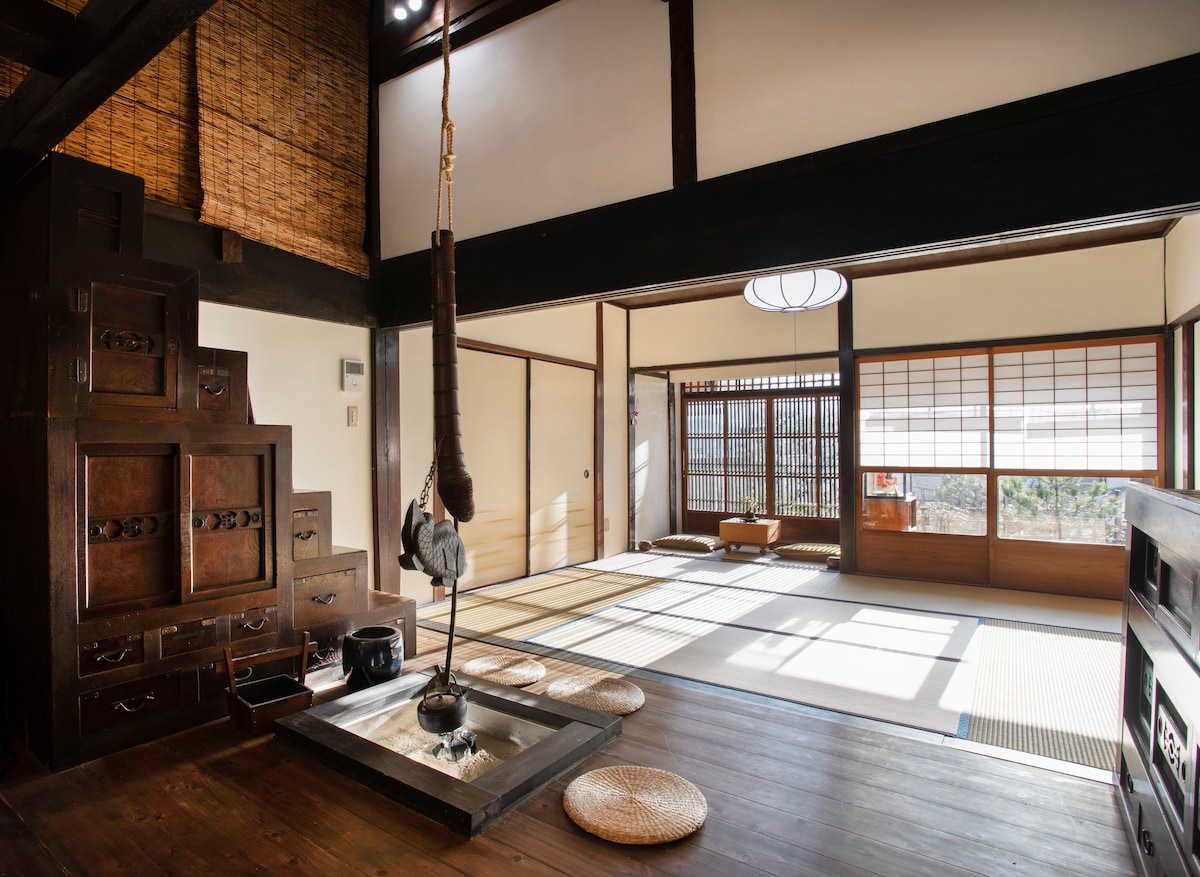
Kyoto countryside , 5 min.from Hozugawa kudari
Experience traditional Japanese hospitality with all the modern conveniences. Tsuzumi and Christian welcome you join them in their beautifully restored 150 year old traditional Japanese home, located in the picturesque village of Kameoka, 25 minutes from Kyoto . Hozugawa kudari departure is 5 minutes from the house,Torokko train station 5 minutes from the house, Arashiyama is 10 minutes by train. Prices are intended with breakfast. Many experiences available ask us.
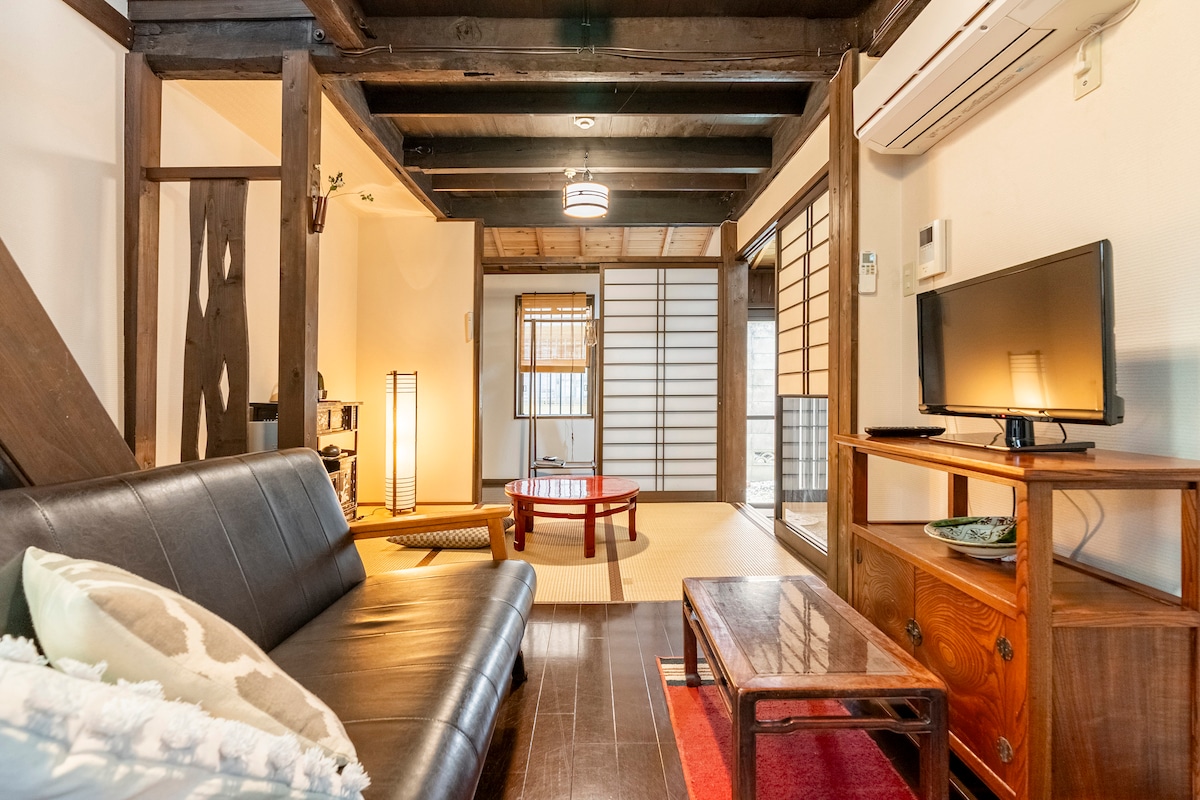
"Kyoto-no-Oyado Souju" is a private townhouse 5 minutes on foot from Keihan Kiyomizu-gojo Station.
Our inn was apparently built in the early Showa period. We have renovated the bathroom and kitchen areas to make your stay more comfortable while still retaining the charm of the townhouse, such as the low ceilings and narrow, steep stairs. Why not try experiencing a bit of Kyoto life? Please note that we will charge a local accommodation tax (200 yen per person per night) in addition to the accommodation fee. The price is scheduled to increase from March 2026.
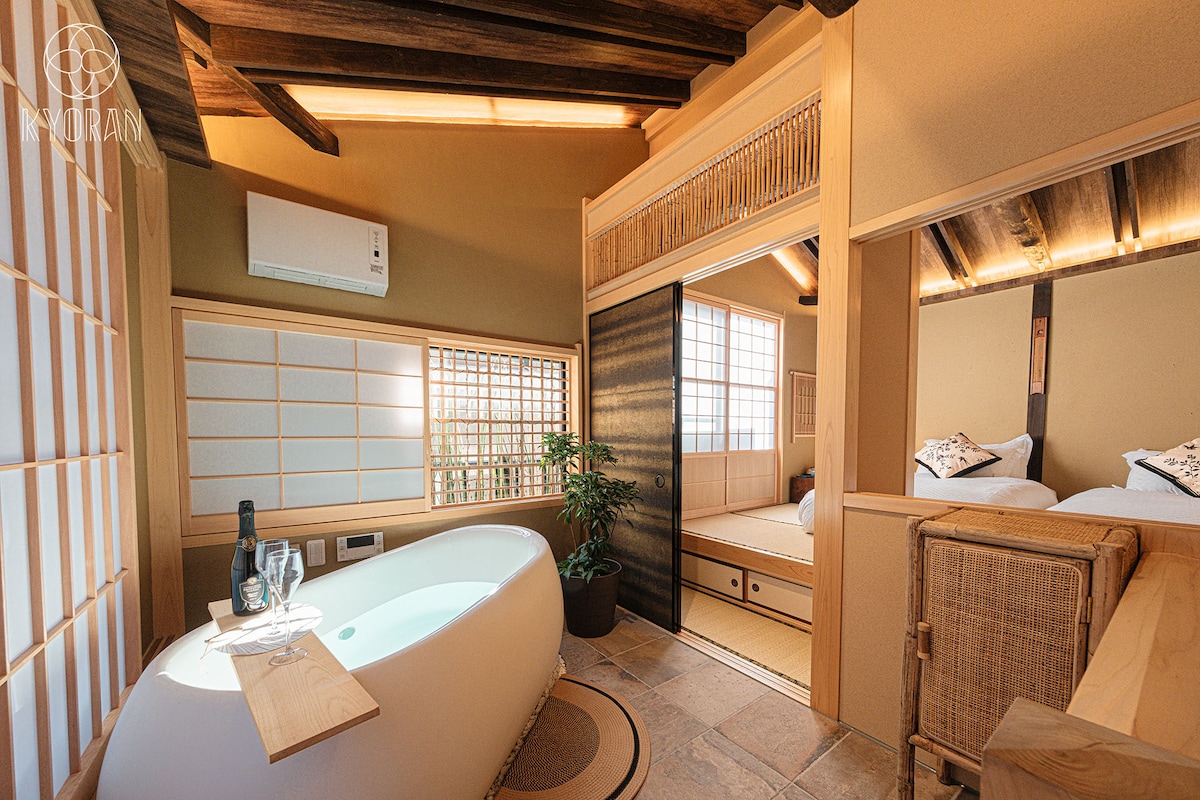
Kyoran【Mugetsu Residence】 5 min walk from Nijojo
Newly opened B&B 5 minutes walk to Nijojo. JR Line:6-minute walk Subway: 6-minute walk Nijojo:5-minute walk 12 minutes by taxi to the house. ① JR - 1 hour 25 minutes by HARUKA > Kyoto Station ② JR-HARUKA 1 hour 25 minutes > Kyoto Station ③ Transfer at Kyoto Station to JR Sanin Main Line > Nijo Station > Approx. 6 minutes walk Equipped with air conditioning, full kitchens, underfloor heating, drum-type washer-dryers, and free Disney+ & Netflix.
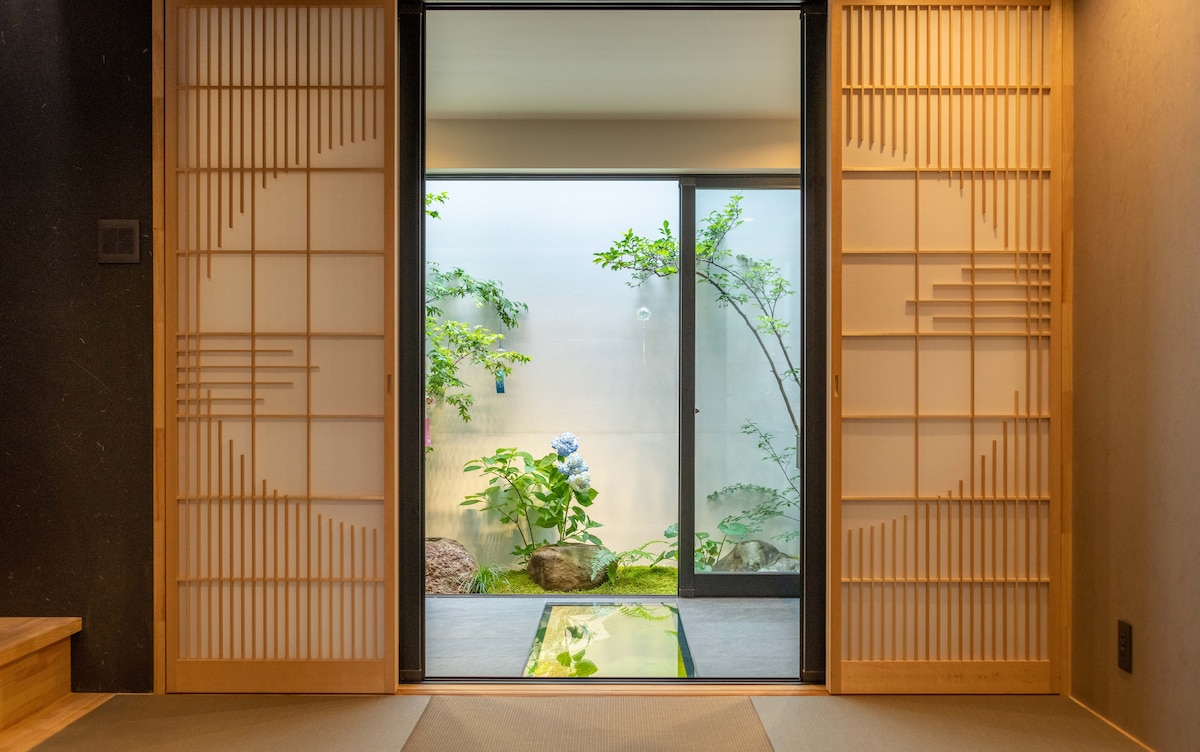
Tabitabi Shinsen | Kyoto Machiya near Nijo Castle
[Tabitabi Shinsen] is a traditional two-storey machiya , which was built in the Taisho era with more than one hundred years history. The name Shinsen comes from one of the oldest famous courtyard in Kyoto during Heian Period, "Shinsenen", which is located near our house. Here, you can experience the original and traditional Japan and the ingenuity of combining modern elements with traditional craftsmanship.
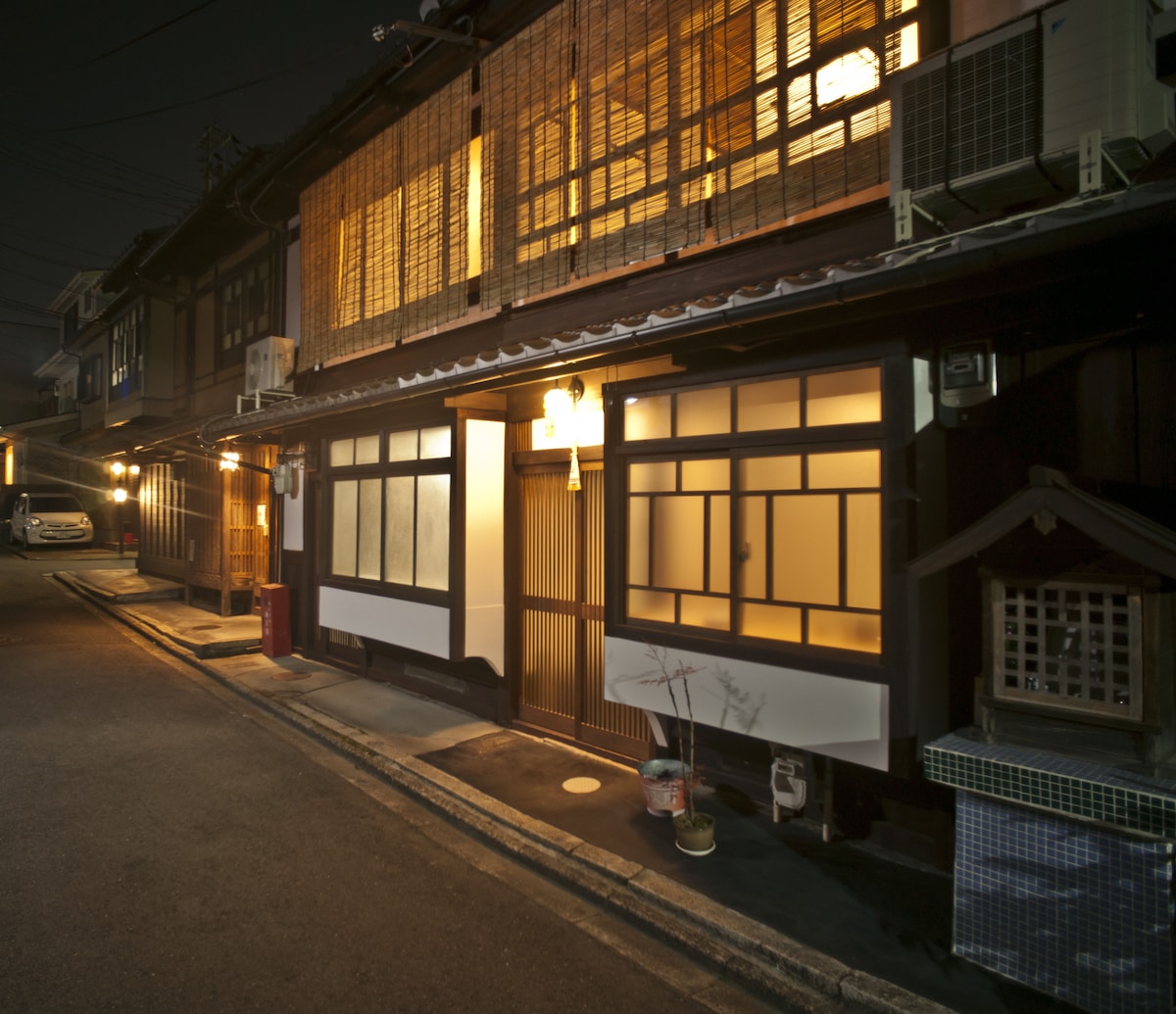
Kyomachiya Icchobu Rental Accommodation
A renovated inn with the charm of an old-fashioned Kyomachi house. In a Kyomachi house with over 110 years of history, we have equipped it with modern and convenient facilities. The garden, which changes its appearance with the seasons, is very attractive, and you can enjoy the view of the garden from the living room as well as from the bathroom window.
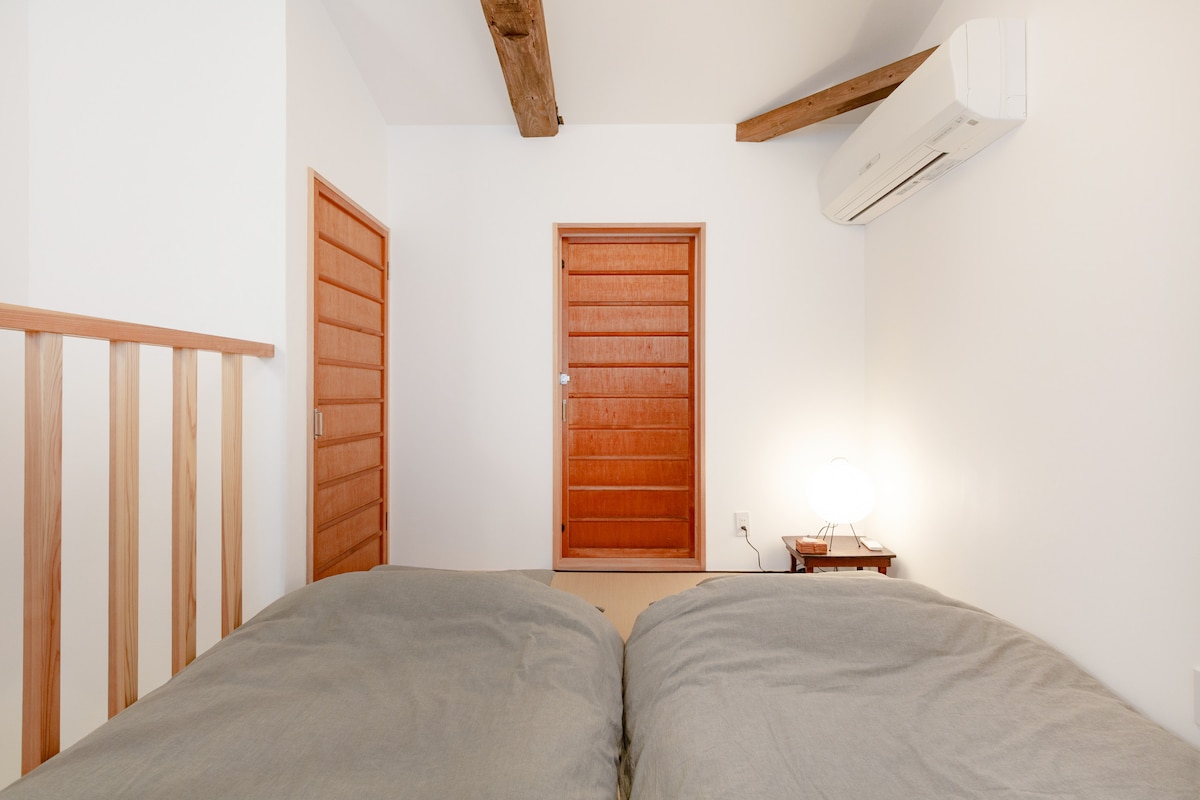
Cozy and tranquil two-story Japanese apartment
Teramachi Stay is a quiet and relaxing Japanese style apartment in central Kyoto. It is located down a picturesque alley off Teramachi street, popular for its traditional Japanese shops and restaurants. Your host was born and raised in Kyoto, speaks English and is happy to advise guests on which of Kyoto's many attractions would be best to visit.
Popular amenities for Kyoto vacation rentals
Family friendly vacation rentals in Kyoto
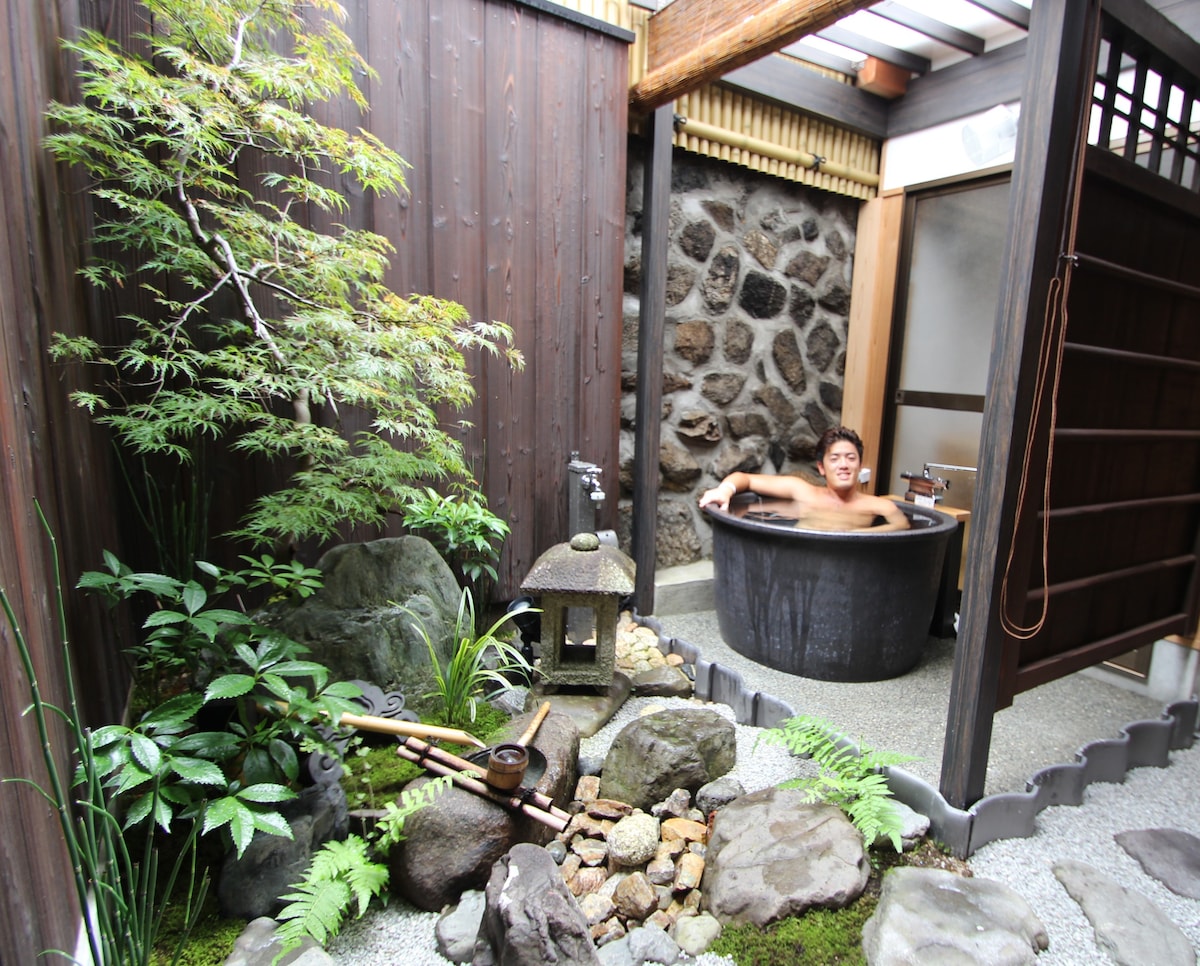
“Tsubara”-calm traditional Kyoto Machiya house
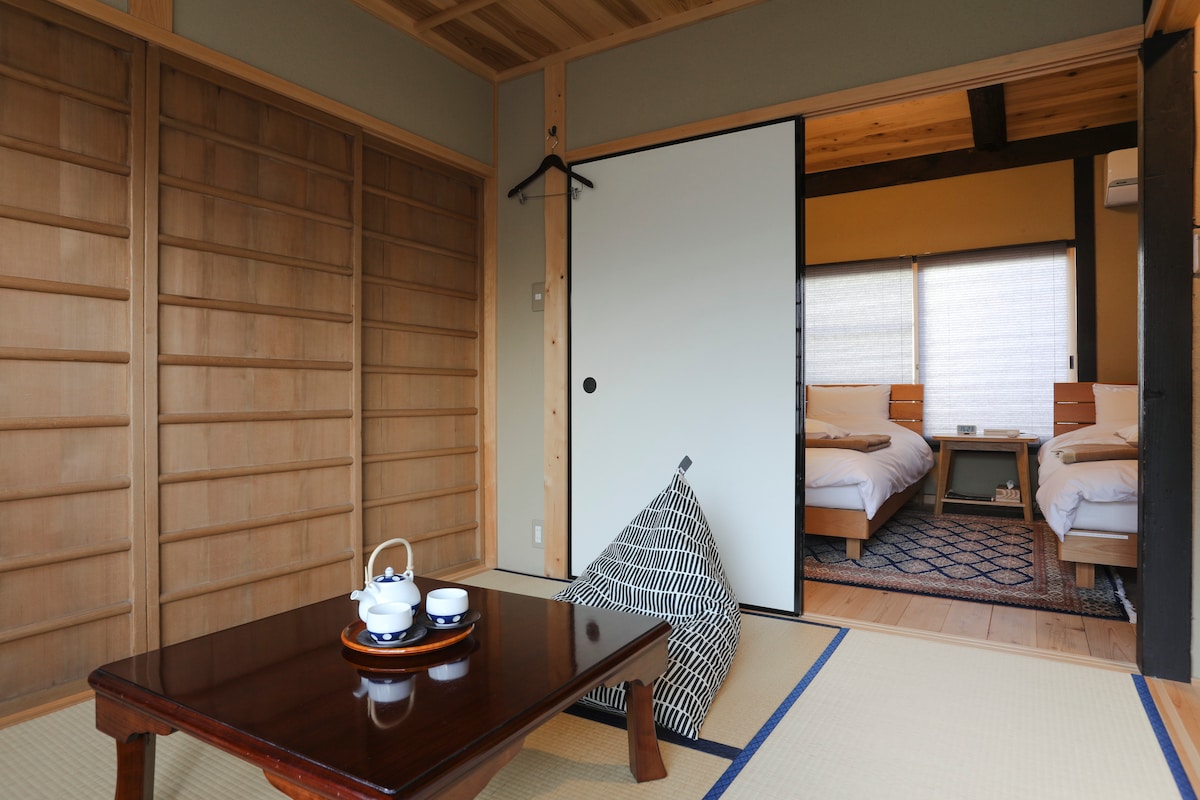
Private use - Authentic Renovated Machiya House
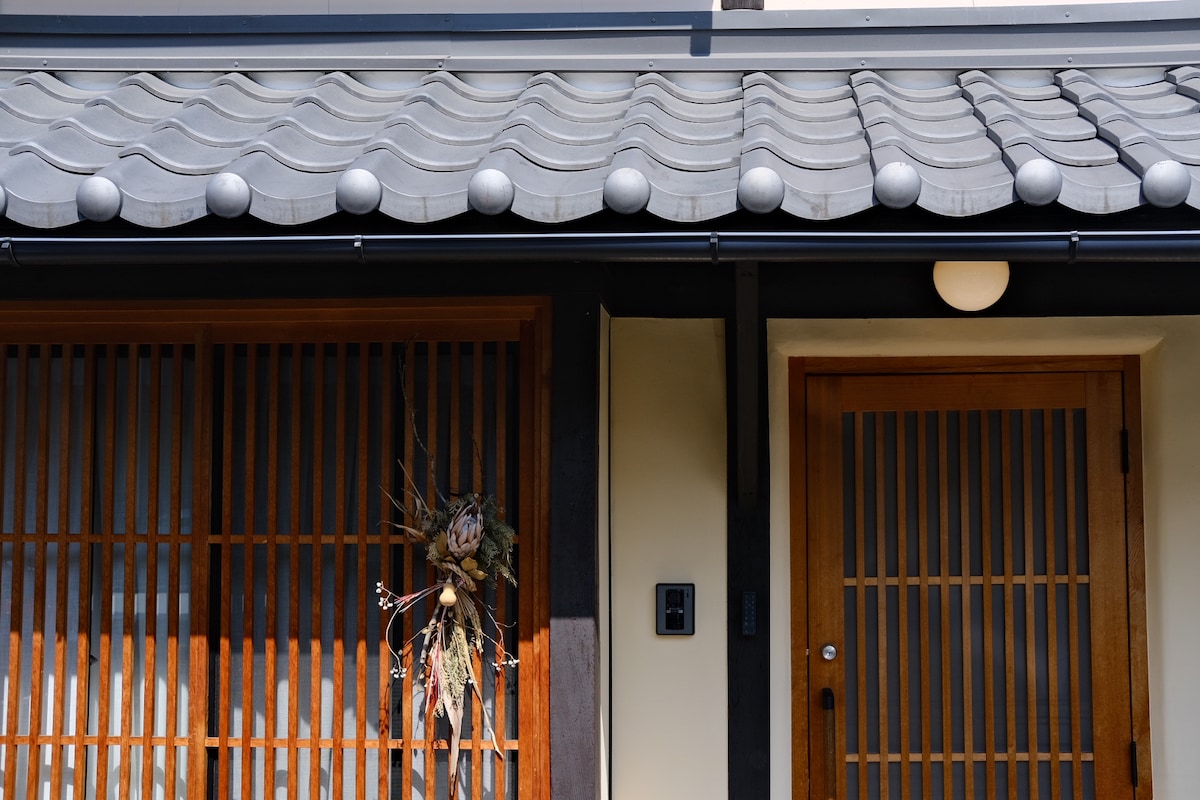
Sloom Kyoto reclusive Machiya 10 min walk to Gion

[Entire Machiya] Eight buildings in a row with open-air bath and veranda
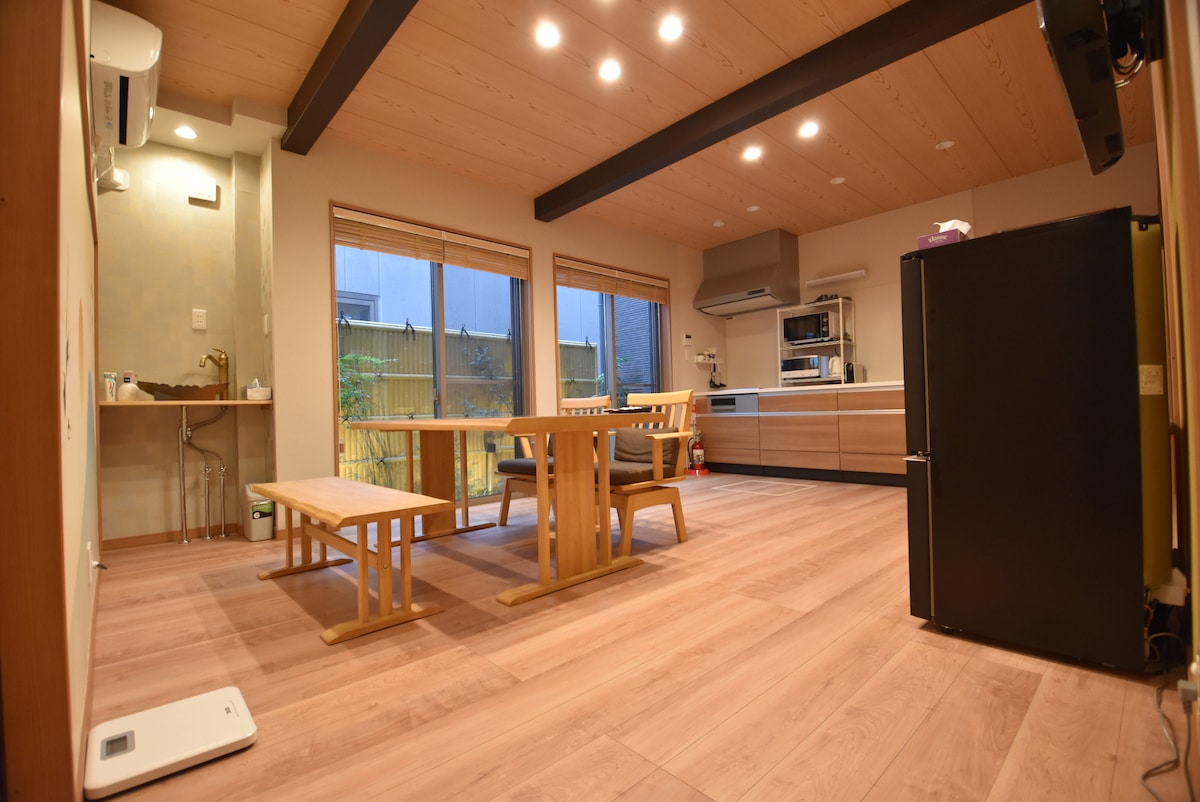
Great transportation!! 1 minute walk to the bus stop, Arashiyama (Onsen) bound Randen stop, you can go anywhere! Free parking!
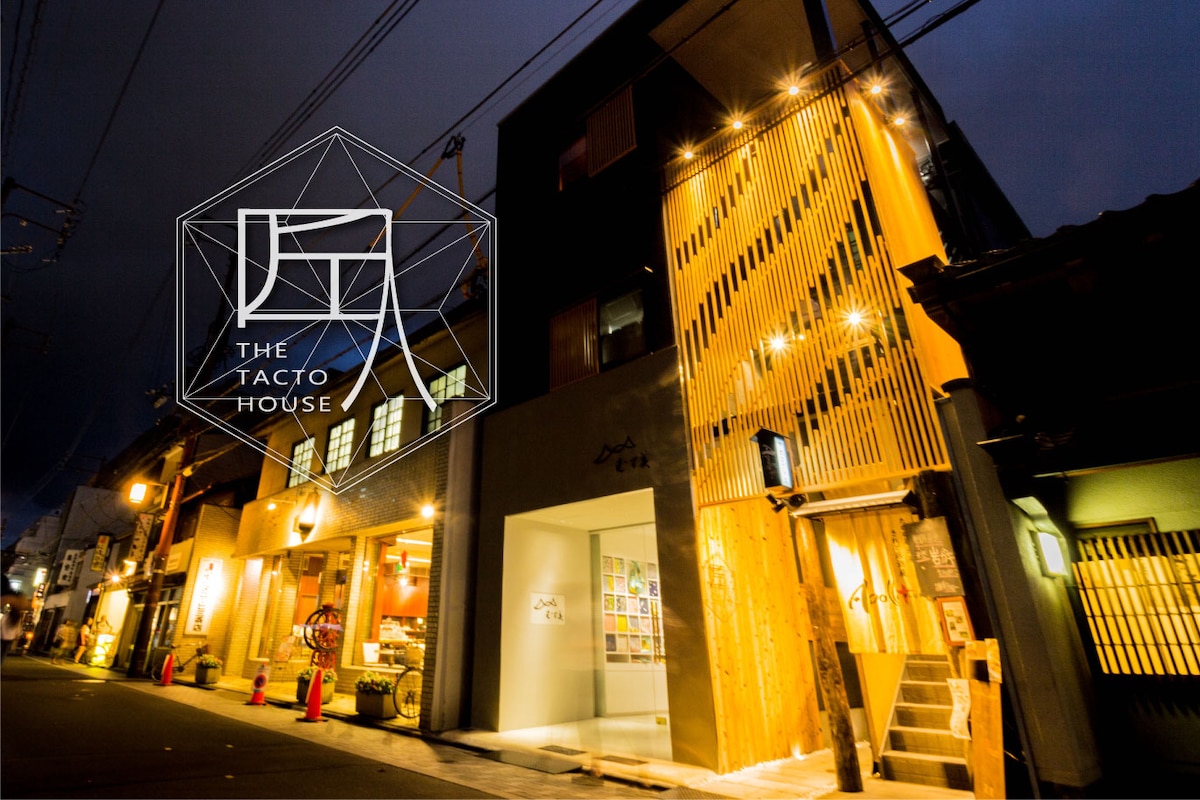
Spacious room up to 6. Near subway, top sights
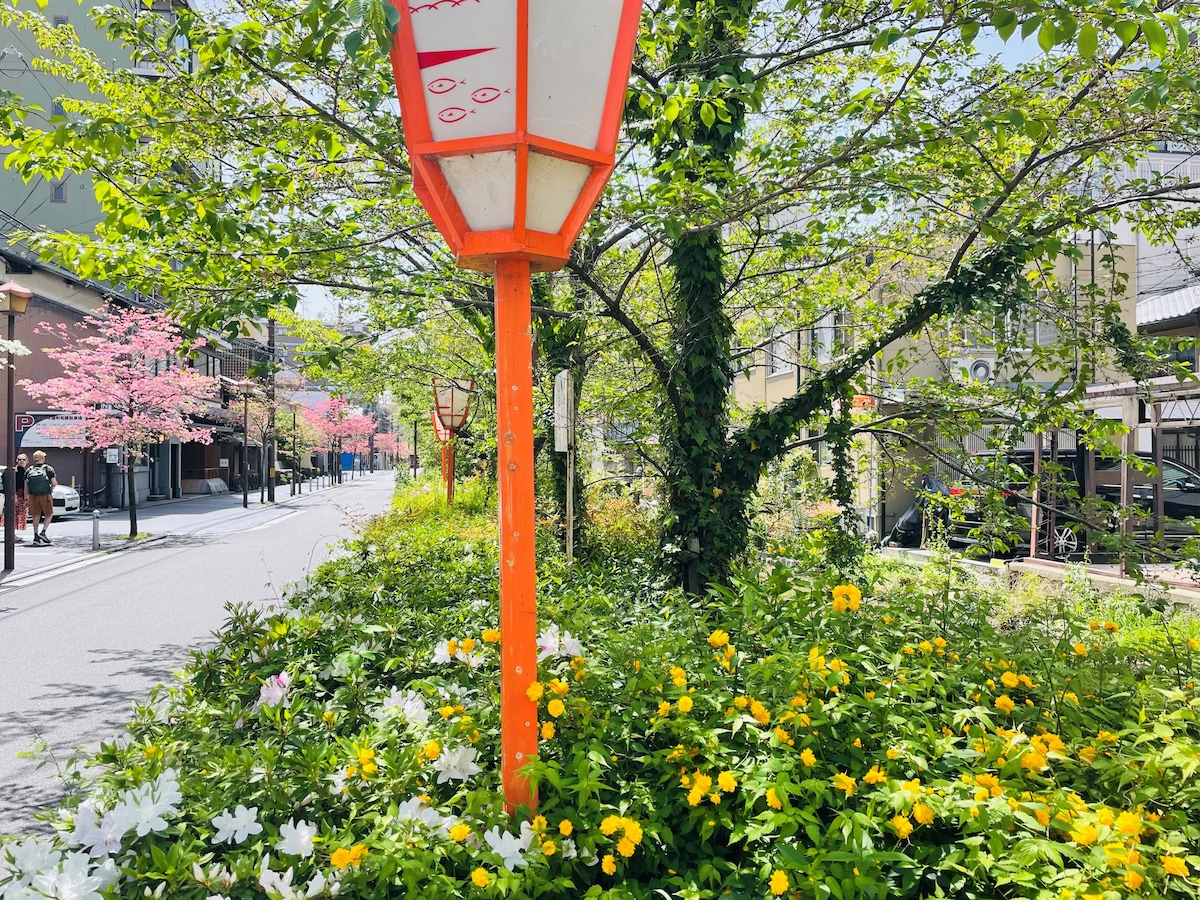
A Kyoto-style inn standing on the Takasegawa river [Hitokoe Takasean] HITOKOE
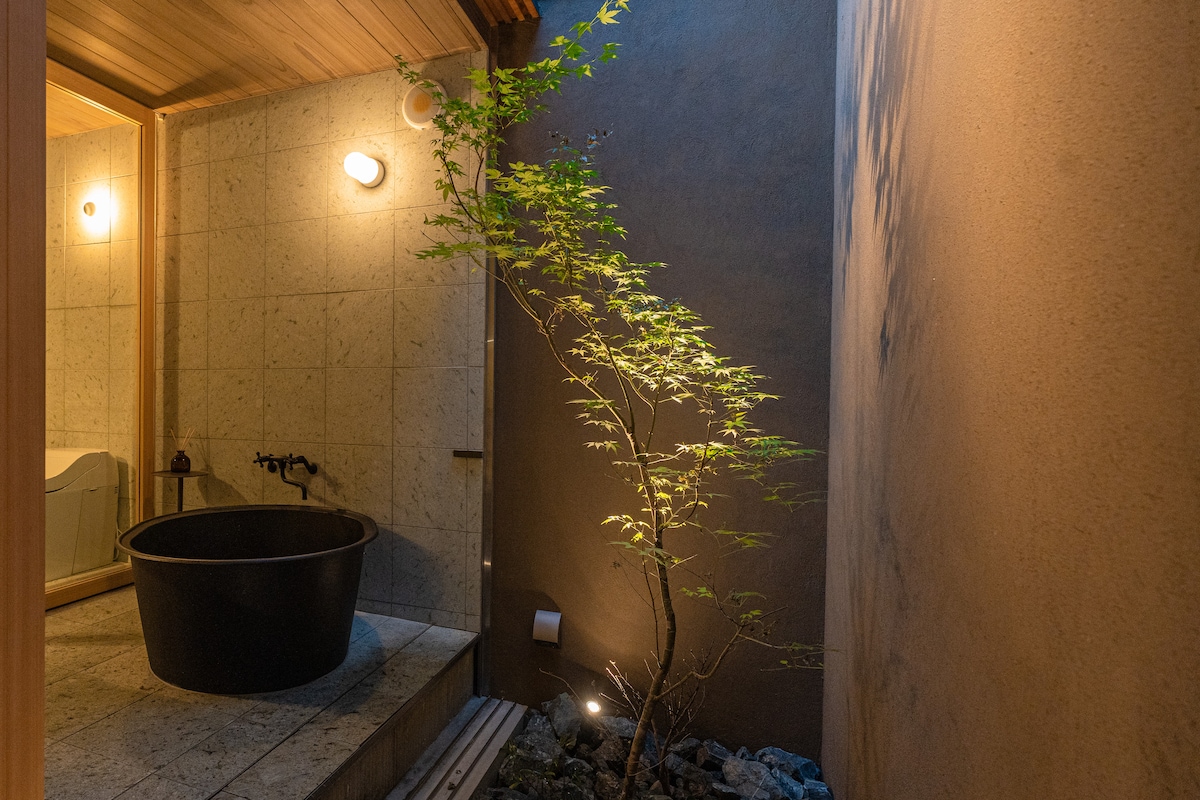
"Lumen" Designer Remodelled Kyoto Townhouse | 2 Bedrooms + Viewing Bathtub Hidden in a Quiet Lane
Kyoto apartment rentals
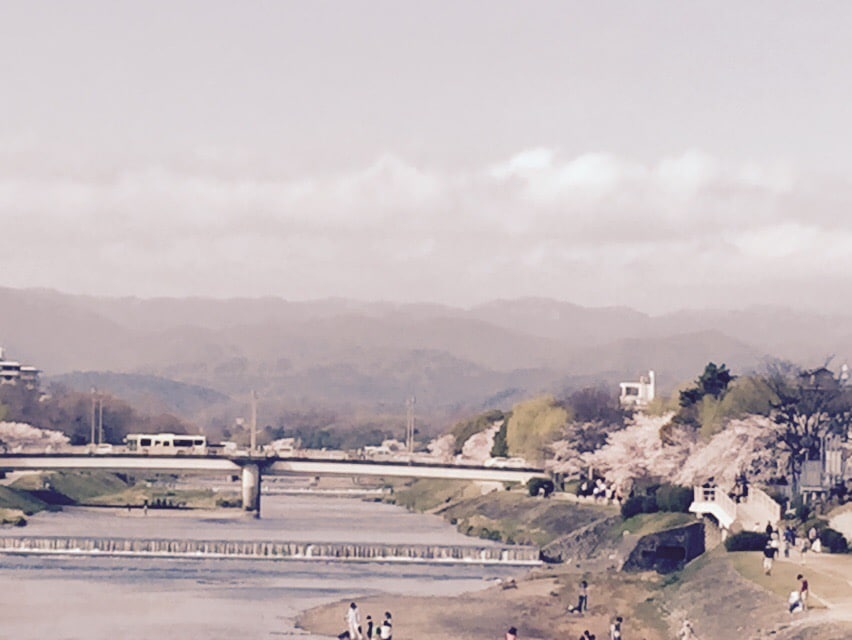
Super location best host w/Cycle Port & wifi
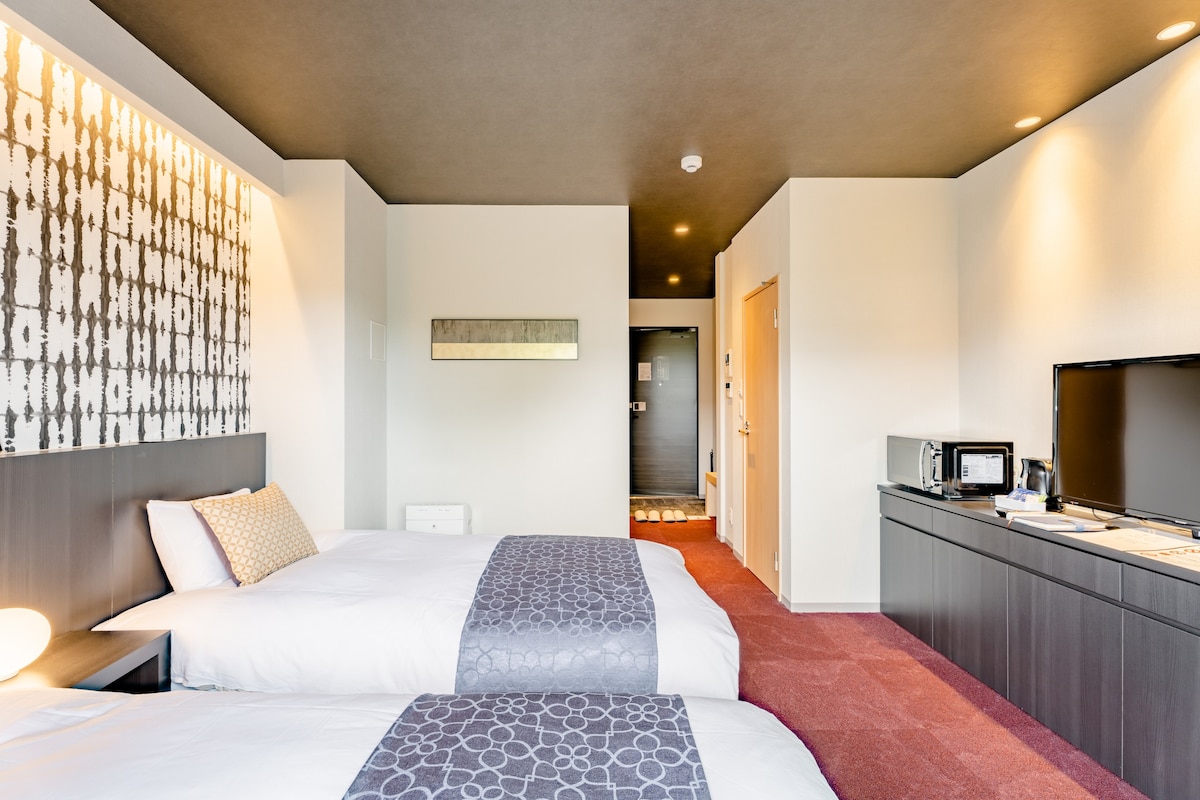
1-minute walk to Kyoto Imperial Palace [K-style Gosho Nishi] Standard Twin Room
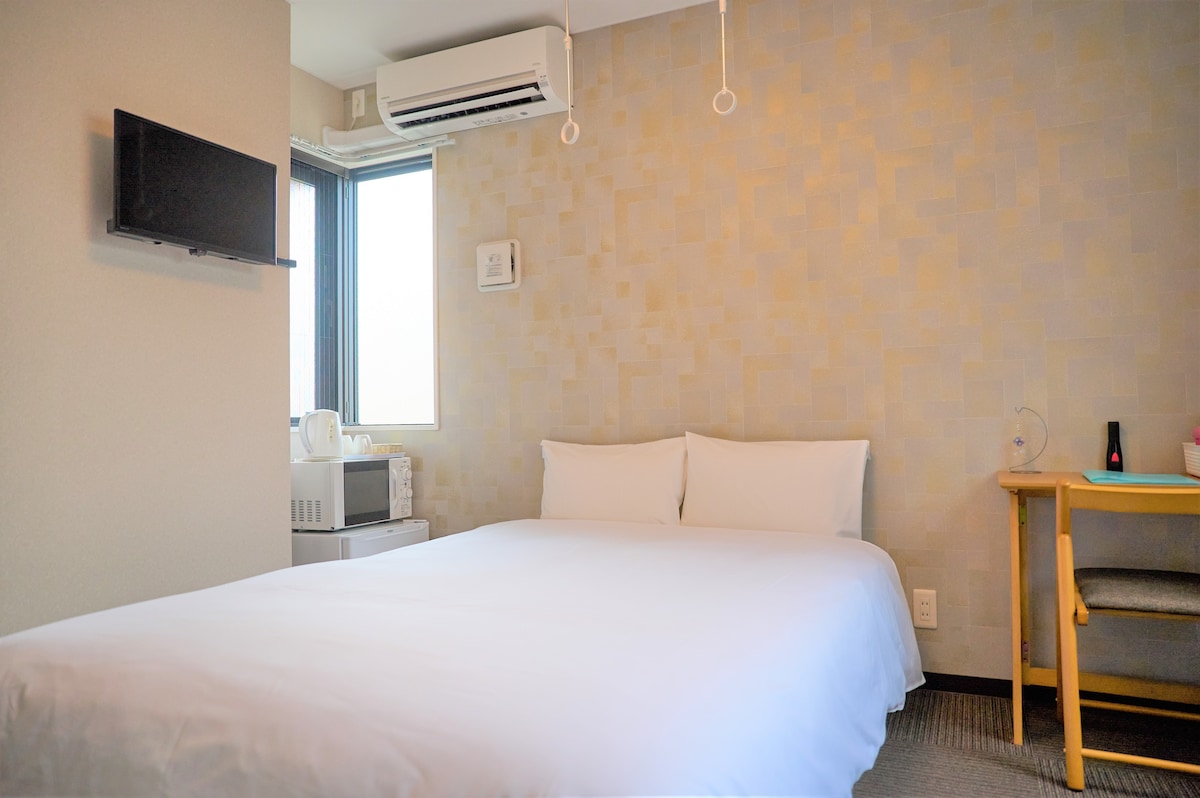
Double Room ~ All Rooms with Washing Machine, Guest House 10 Minutes from☆ Kyoto Station ~
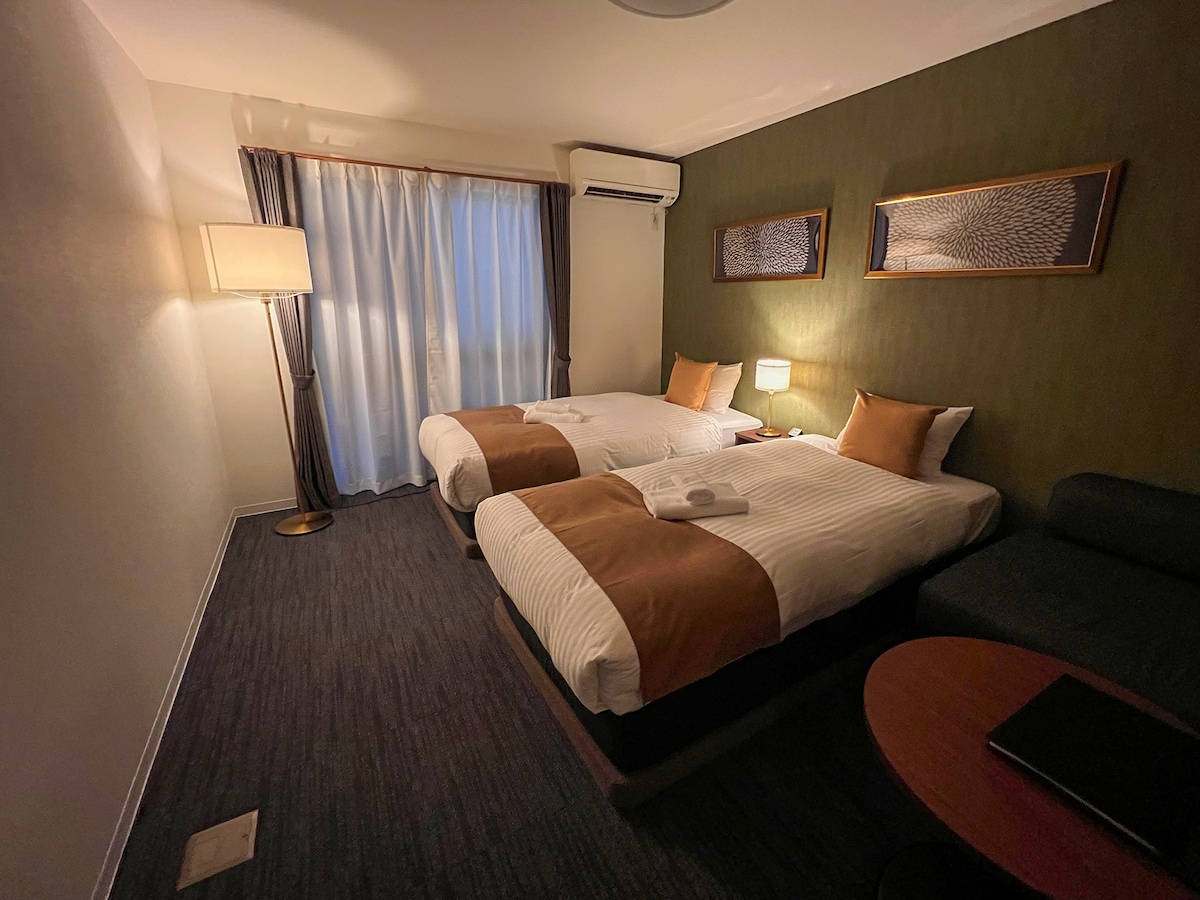
ZET Yasaka & Kiyomizu|Historic Stay|Kit Bath Wash
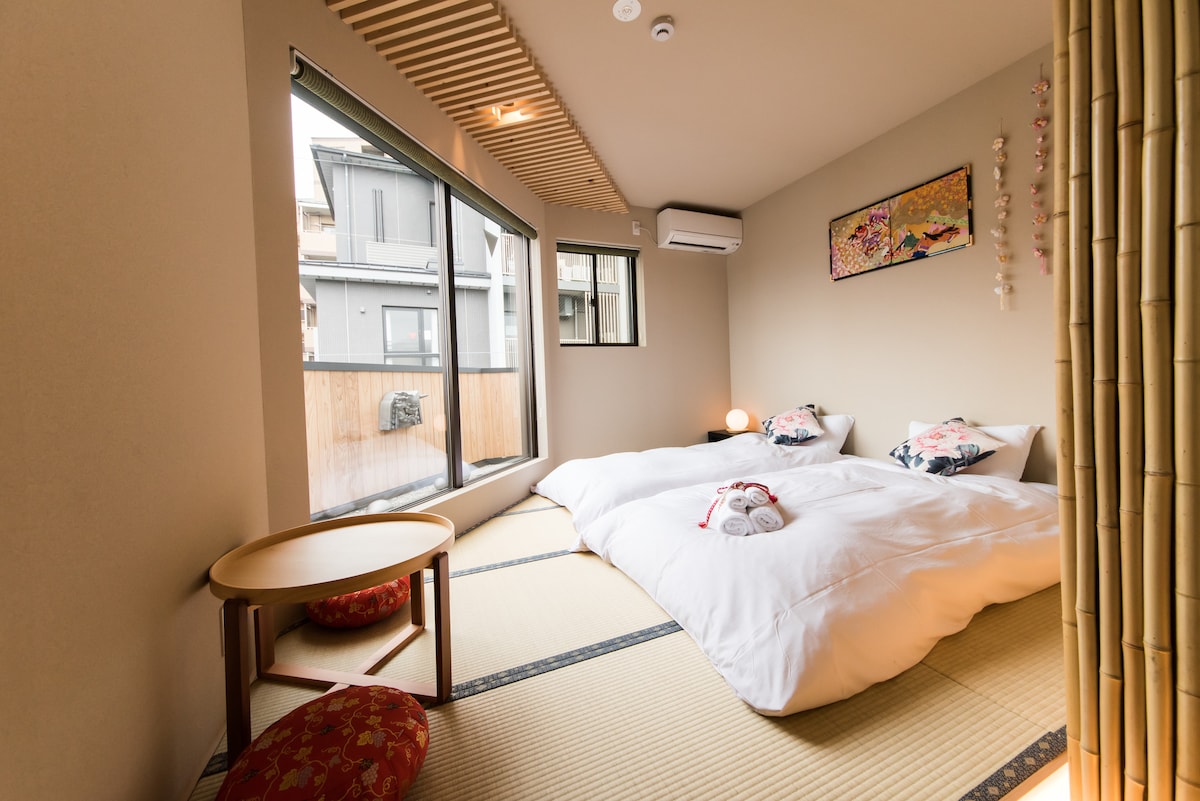
Kyoto Escape: Outdoor Bath & Mountain View
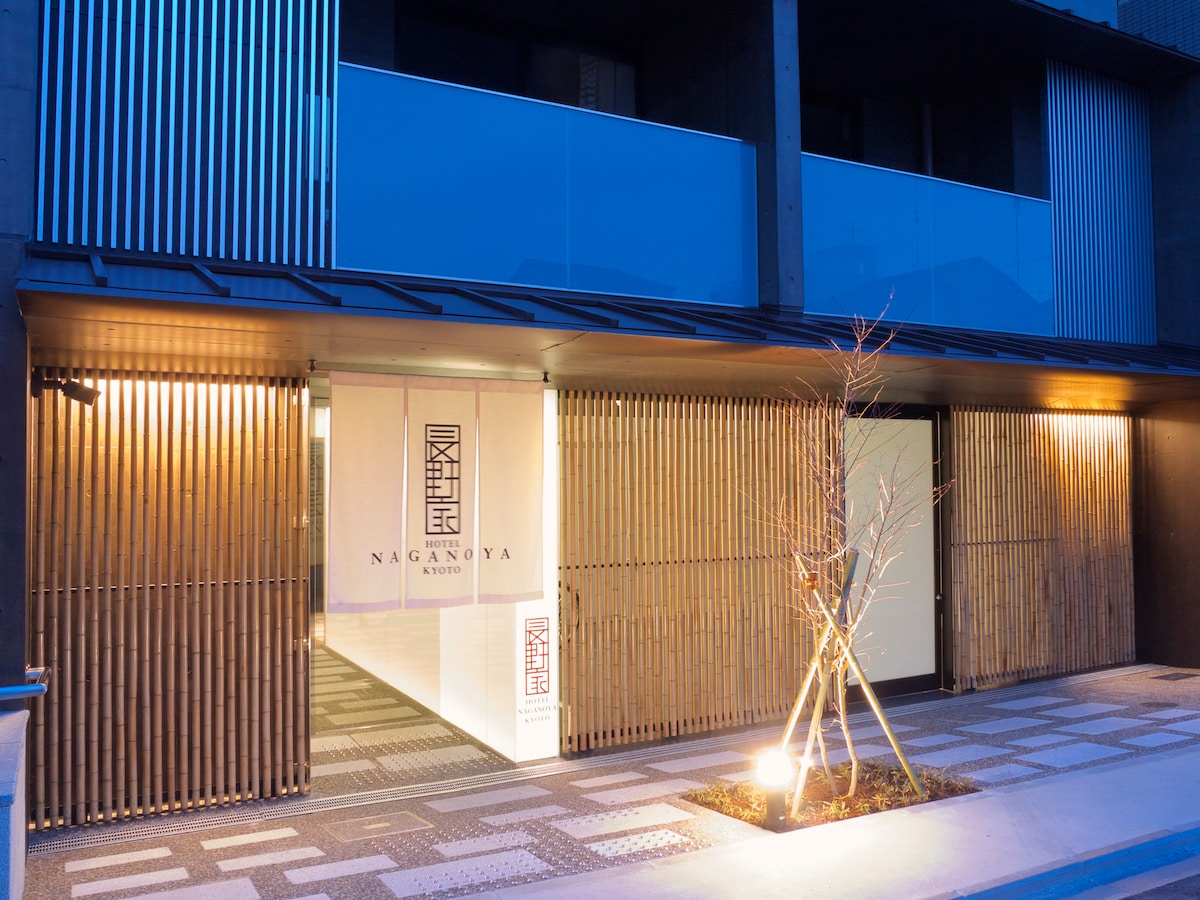
~Clean & Modern Studio ~ 8min to Nijo sta. ~ WIFI
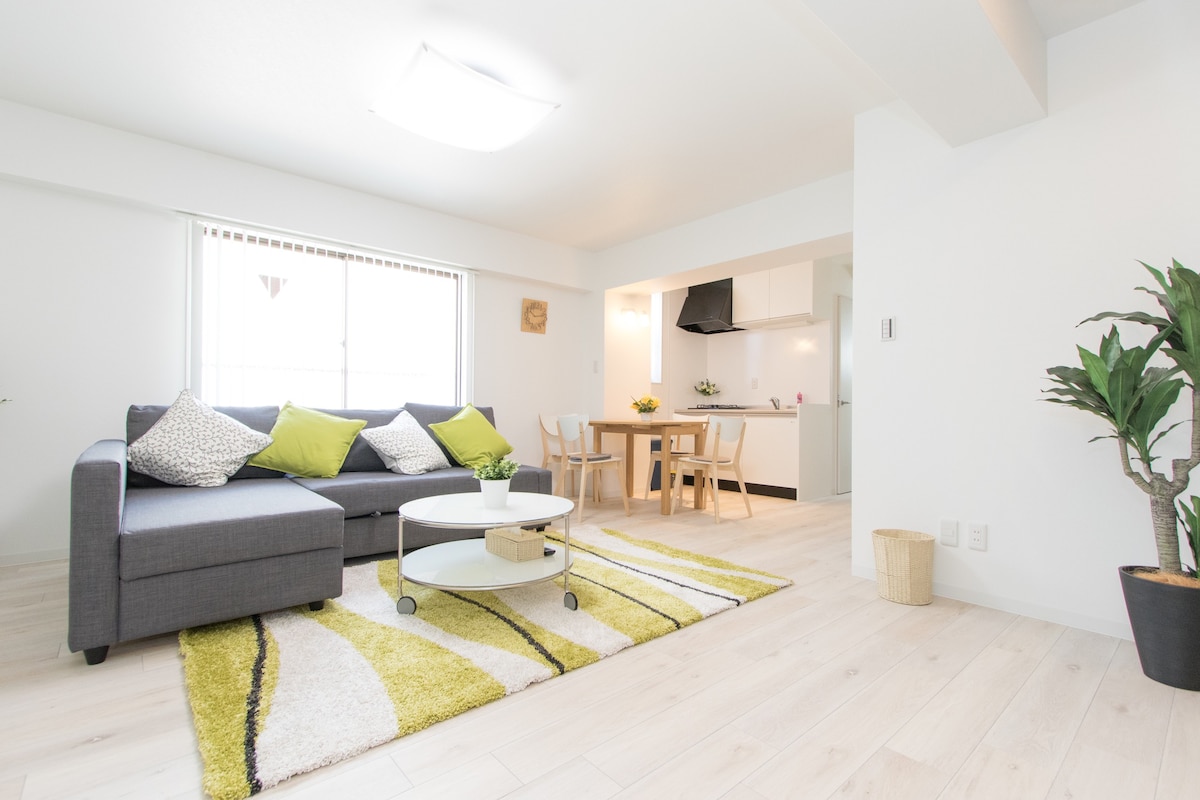
#3 spacious 46㎡ apartment central Kyoto
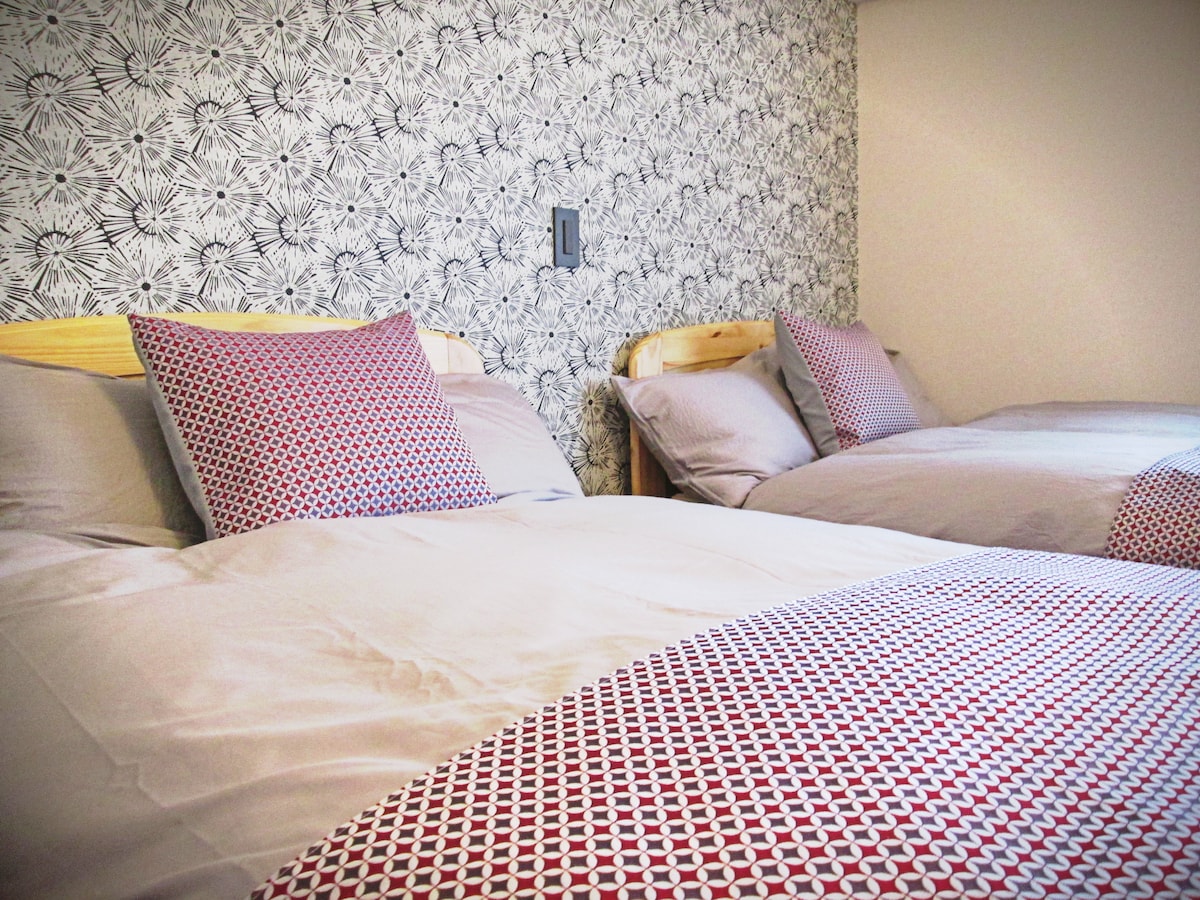
③ Good location, New opening
Family friendly apartments in Kyoto
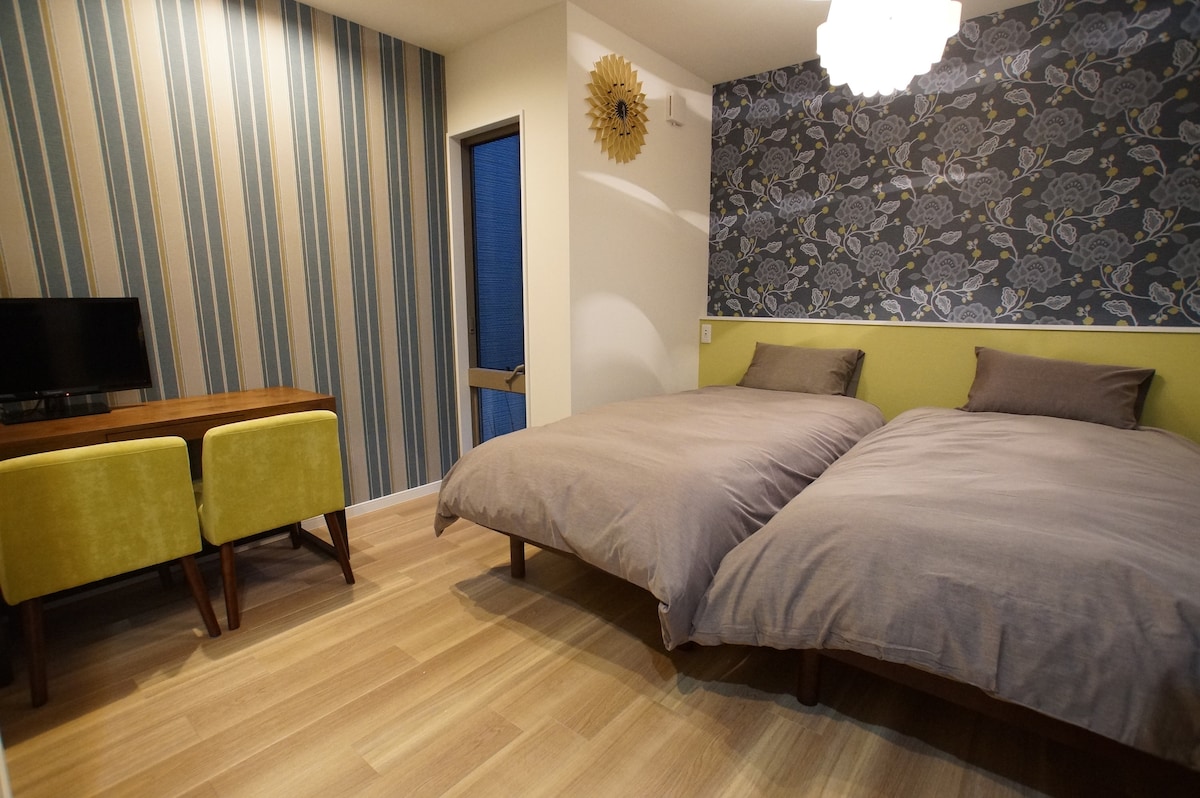
Kyostay Iroha Toji Main -Twin Room 1
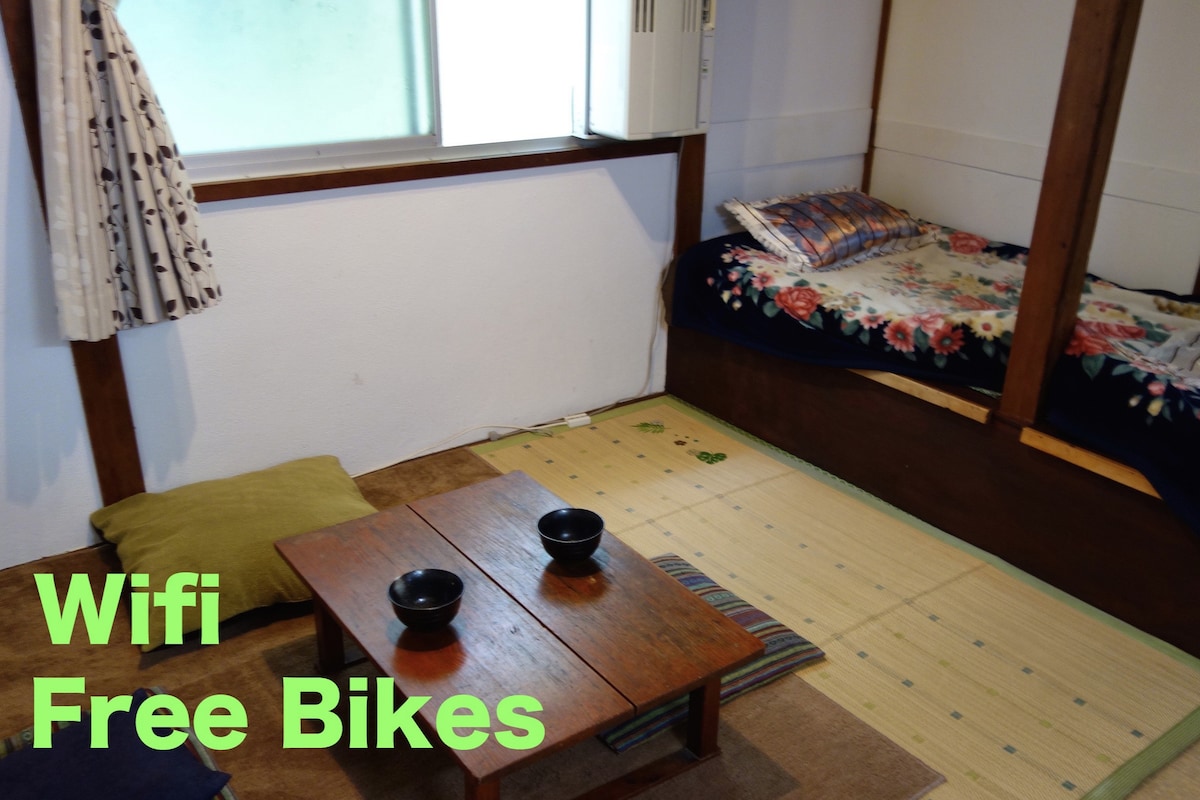
Traditional Japanese Apt Kyoto
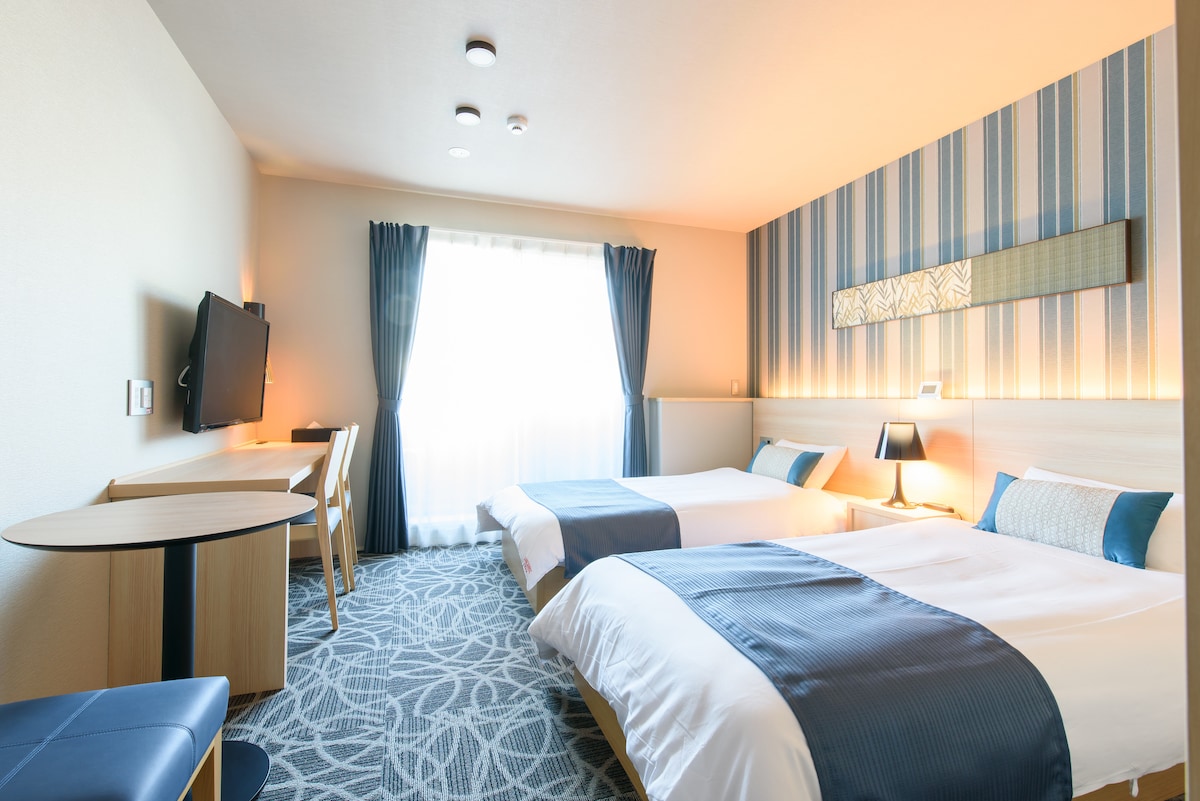
[Luxury Shin-Machi Gojo] Higashi-Honganji Temple.
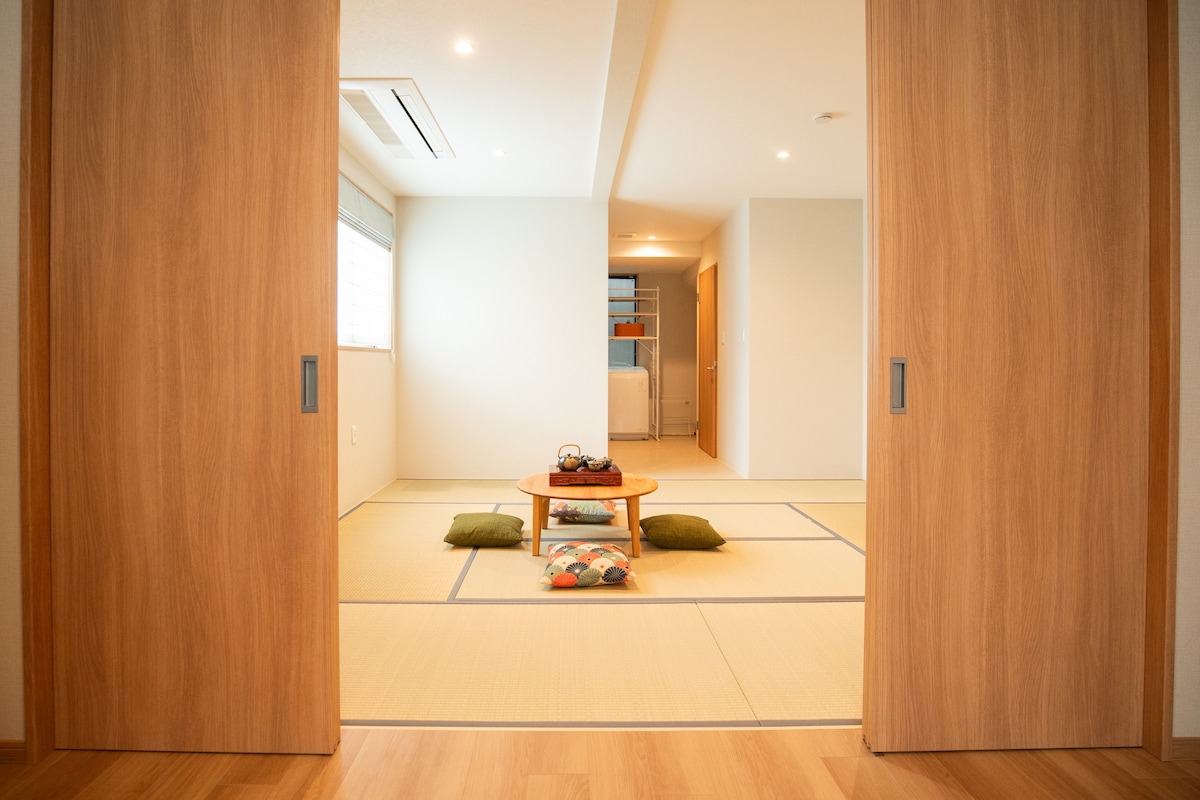
A01 Magnolia, a newly built Japanese modern hotel, 5 minutes on foot from Gojo Station and Higashi Honganji Temple, 15 minutes from Kyoto Station
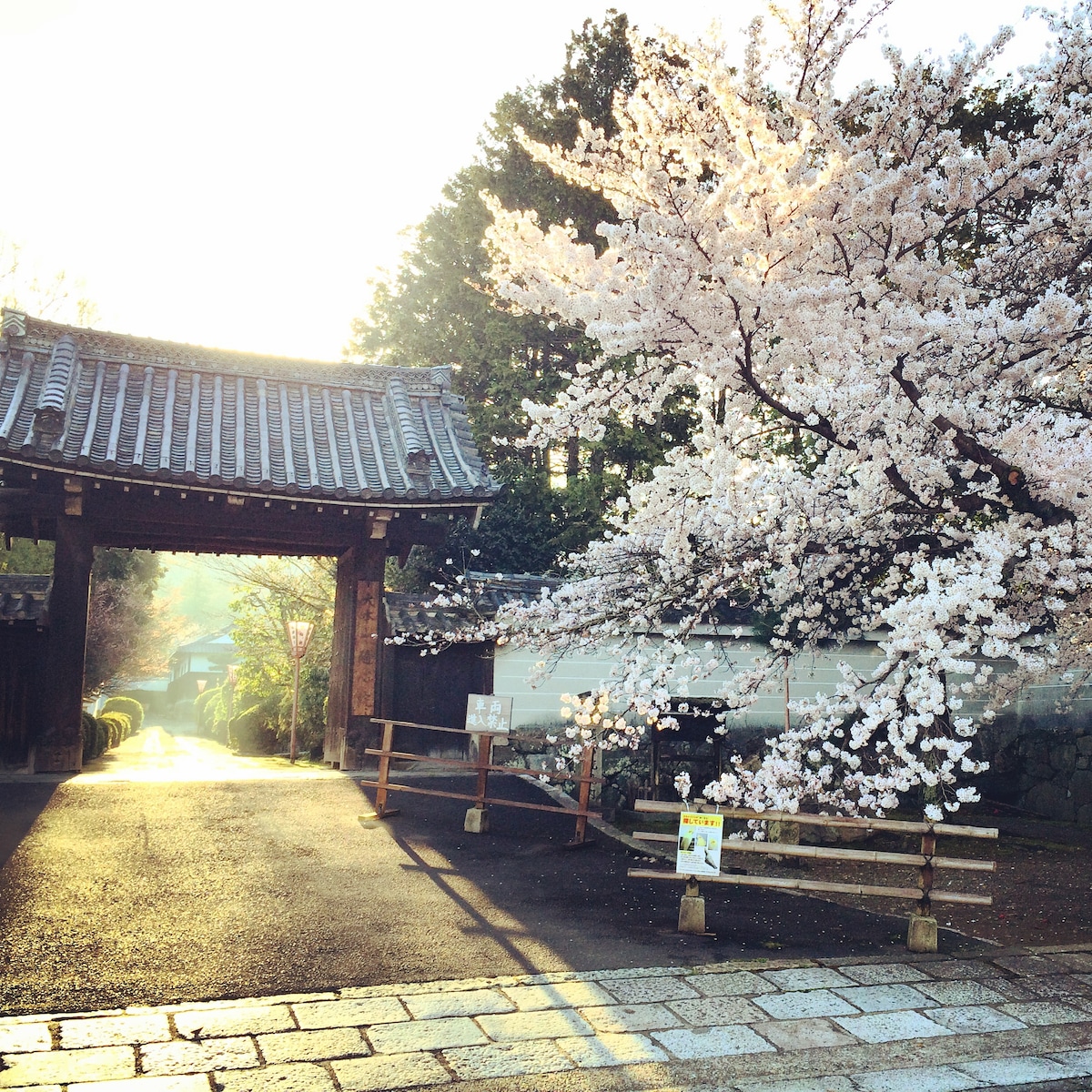
TGK203 4min to subway, 25min from Kyoto Sta.
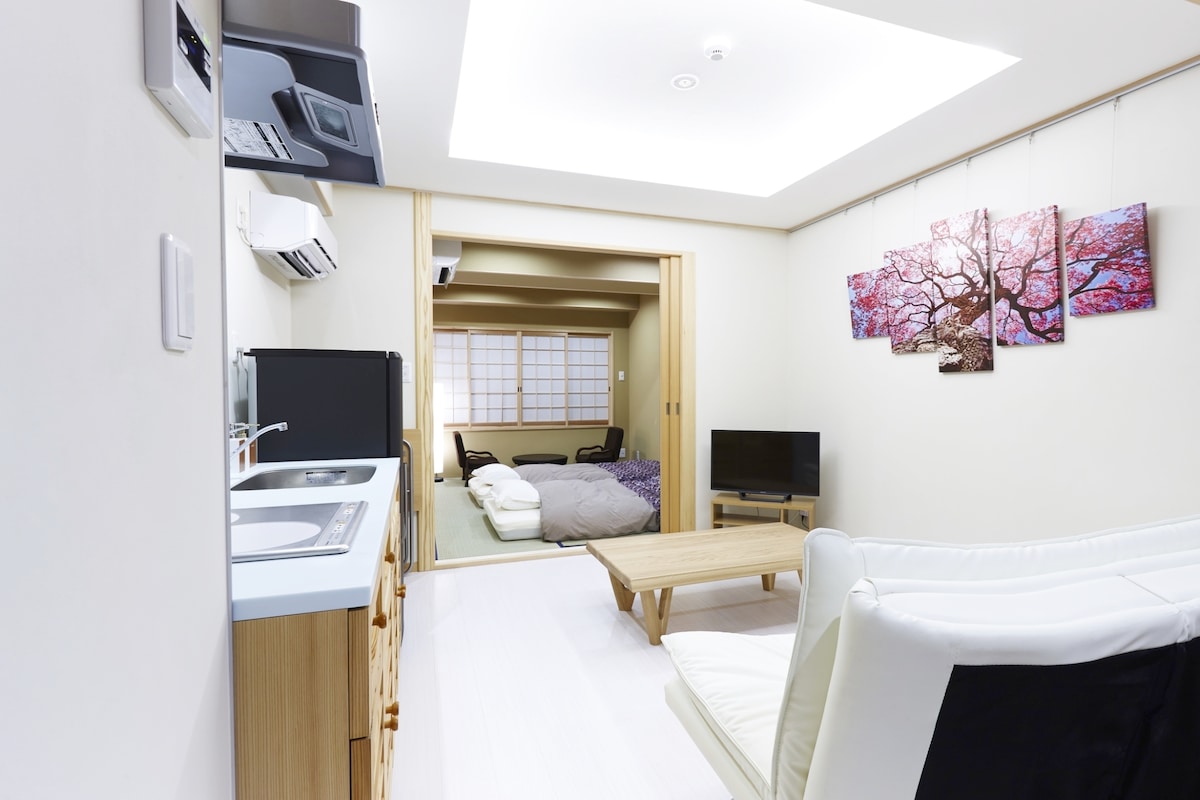
Riverside Near Kyoto Station/ Wood bath/ 1st floor
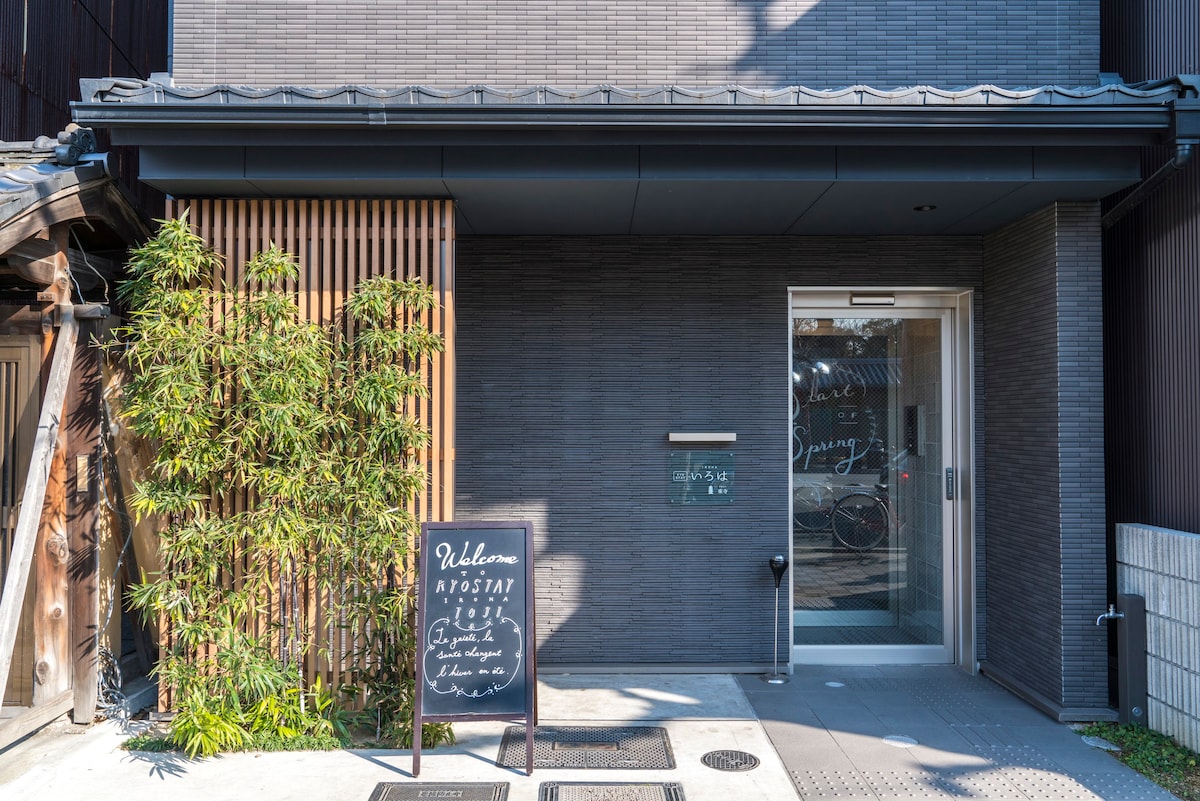
Kyostay Iroha Toji Annex - Economy Twin Room
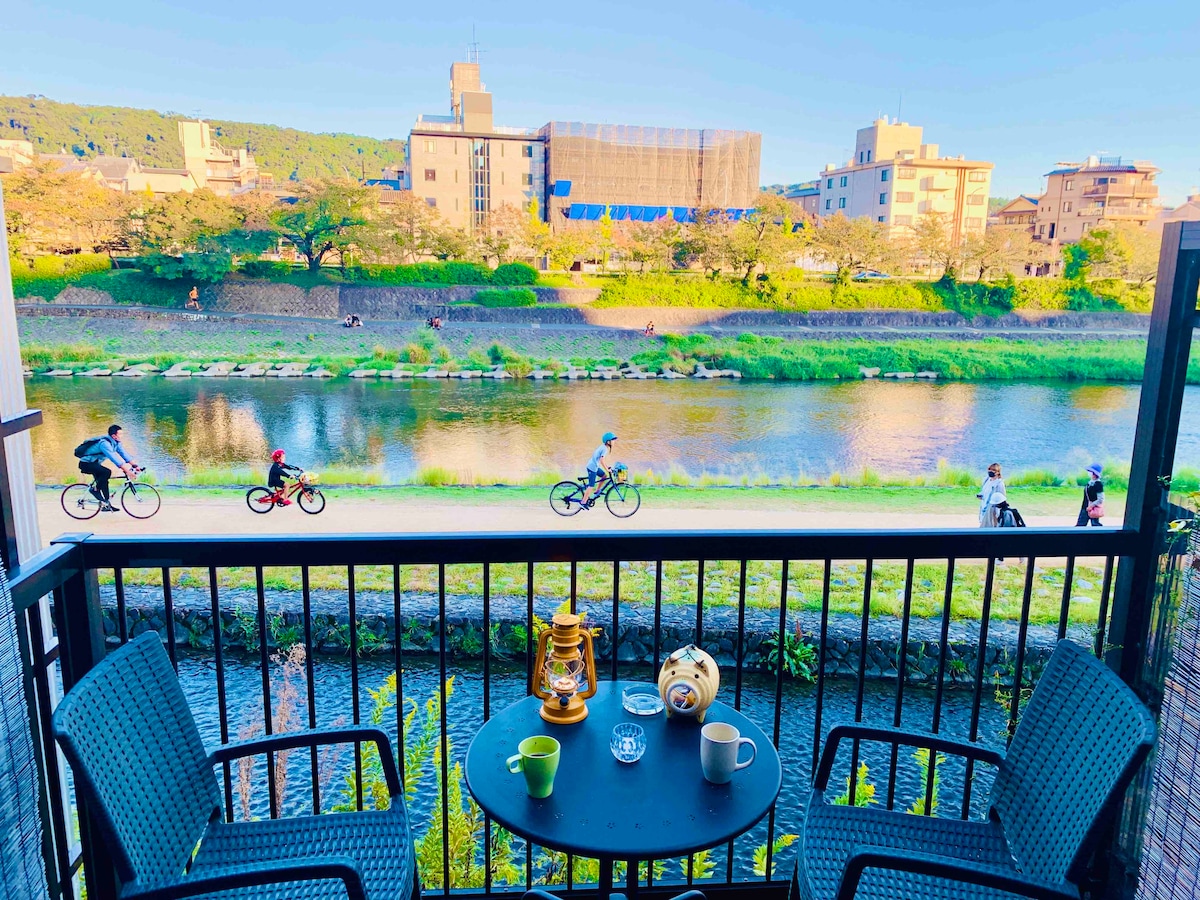
Kamo Riverside Terrace Kyoto Gion 京都鴨川 祇園 桜-Flat B
When is the best time to visit Kyoto?
| Month | Jan | Feb | Mar | Apr | May | Jun | Jul | Aug | Sep | Oct | Nov | Dec |
|---|---|---|---|---|---|---|---|---|---|---|---|---|
| Avg. price | ﺩ.ﺇ386 | ﺩ.ﺇ367 | ﺩ.ﺇ514 | ﺩ.ﺇ646 | ﺩ.ﺇ507 | ﺩ.ﺇ433 | ﺩ.ﺇ437 | ﺩ.ﺇ422 | ﺩ.ﺇ422 | ﺩ.ﺇ485 | ﺩ.ﺇ573 | ﺩ.ﺇ455 |
| Avg. temp | 6°C | 7°C | 10°C | 15°C | 20°C | 24°C | 28°C | 30°C | 26°C | 20°C | 14°C | 9°C |
Frequently Asked Questions
What are the best places to stay in Kyoto?
Many travelers choose accommodations around Gion for its historic streets, Arashiyama for a scenic atmosphere, or near Kyoto Station for convenience. Each area has distinct character, from tranquil temples to lively markets.
What are the best things to do in Kyoto with kids?
Families often explore Fushimi Inari Taisha’s famous shrine paths, stroll bamboo groves in Arashiyama, and discover interactive exhibits at local museums. Parks and riverside areas also provide space to unwind together.
What are some of the best things to do in Kyoto?
Explore the historic temples of Kiyomizu-dera and Kinkaku-ji, wander traditional streets in Gion, and stroll through Arashiyama's bamboo groves. Markets and gardens showcase Kyoto’s blend of old and new.
How is the weather in Kyoto?
Kyoto has cool winters around 37–54°F (3–12°C) and warm, humid summers reaching 93°F (34°C). Spring and autumn are often praised for comfortable temperatures and pleasant weather.
What are the best places to visit in Kyoto?
Kinkaku-ji, Fushimi Inari Taisha, and the Philosopher’s Path are among the most popular sites, known for beautiful architecture and seasonal scenery. Nishiki Market and Nijo Castle also invite exploration.
What are some hiking trails in Kyoto?
Explore scenic routes like the Philosopher’s Path, climb the steps at Fushimi Inari Taisha, or wander the gentle trails of the Arashiyama hills. Trails often pass shrines, forests, and peaceful viewpoints.
What are some family activities we can do in Kyoto?
Families frequently enjoy visiting Kyoto Aquarium, exploring animal encounters at city zoos, and making crafts in local workshops. Strolling riverside parks or discovering cultural festivals together can create lasting memories.
What are some of the best day trip ideas from Kyoto?
Many visitors take day trips to Nara for historic sites, the Uji area for tea culture, or explore nature and temples around Lake Biwa. Each destination invites a deeper look at the Kansai region’s traditions.
Are there any pet friendly accommodations available in Kyoto?
Kyoto has pet-friendly rentals in neighborhoods such as Higashiyama, Gion, and around the riverfront. Local parks and walking areas can make it comfortable for guests traveling with animals.
What are some local tips for visiting Kyoto?
Explore quieter temples in the early morning, and try public transportation for getting around dense areas. Many tea houses and side streets reveal local character away from main thoroughfares.
What is Kyoto known for?
Kyoto is known for its historic temples, traditional neighborhoods, and rich food culture, as well as annual festivals. The city holds centuries of artistic and spiritual traditions that continue today.
What are the best hidden gems to explore in Kyoto?
Seek out lesser-known temples tucked into residential areas, artisan studios in Nishijin, or narrow alleys lined with small cafés near Miyagawacho. Botanical gardens and riverside paths can bring a peaceful break from busy sites.
What are the best foods to try in Kyoto?
Kyoto’s favorites include delicate kaiseki meals, yudofu (tofu hot pot), and matcha sweets. Nishin soba, pickled vegetables, and seasonal wagashi reflect local ingredients and tradition.
What should I bring for a trip to Kyoto?
Pack comfortable, weather-appropriate clothing—layers are useful for changing temperatures—plus slip-on shoes for temple visits. An umbrella or rain jacket helps in spring and early summer, when rainfall is more common.
What is the nightlife in Kyoto like?
Kyoto has a mix of relaxed bars, intimate izakaya, and jazz lounges, with lively pockets in Pontocho and Kawaramachi. Some neighborhoods feature traditional entertainment, while others draw visitors with creative drinks and music.
What are the most popular events or festivals in Kyoto?
Gion Matsuri in midsummer, Aoi Matsuri in late spring, and Jidai Matsuri in autumn are among Kyoto’s most well-known festivals. These events feature traditional parades, performances, and seasonal celebrations.
Are there family friendly vacation rentals in Kyoto?
Kyoto has family-friendly rentals, especially in neighborhoods like Arashiyama, Higashiyama, and near city parks. Many hosts provide extra space, kid-friendly amenities, and local tips for exploring together.
When is the best time to visit Kyoto?
Late spring and autumn are frequently suggested for visiting Kyoto, when cherry blossoms or vibrant foliage create striking seasonal scenery. These periods are popular for outdoor activities and cultural festivals.
 All about Kyoto
All about Kyoto
Kyoto is one of the most charming cities in the world. For more than a millennium — until 1868 — it was the imperial seat of Japan, and all that power was a magnet for opulence, artists and artisans, and religion. Today, the city remains at the heart of the country’s cultural traditions, with thousands of palaces, temples, and shrines, not to mention its famous geisha districts.
Wandering through Kyoto can mean stopping at every turn, delighted by the curve of a rooftop or the ancient timbers framing a shop. Despite 17 UNESCO World Heritage sites such as the gilded Kinkakuji (Gold Pavilion), and districts like Higashiyama, whose streets could double as the set for a historical epic, Kyoto is not a living museum. With more than 1.5 million residents, the city boasts countless cocktail bars, chic restaurants, and street-food stalls, and a thriving music scene.
 What are the top things to do in Kyoto?
What are the top things to do in Kyoto?
Nishiki Market
Visiting this five-block-long covered food market in central Kyoto, which is open from midmorning to early evening, is a must for food lovers. Picture barrels of pickles and dried vegetables, display cases of exquisite wagashi (sweets), and heaps of frilly dried fish. You can snack on meat skewers or crackly senbei as you wander through the market, or pore over the shelves of cooking implements and jarred preserves, looking for gifts to bring home. Afterward, peek in at the nearby Tenmangu Shrine or wander over to the Gion, the city’s most famous geisha district.
Arashiyama
On the west side of Kyoto, just as the dense inner city gives way to the slopes of the surrounding mountains, this charming district thrums with tourists — with pockets of serenity nearby. Wander along the wide, shady paths that snake through the famous bamboo grove. Visit a host of temples, from the tiny thatch-roofed Gio-ji through the expansive Tenryu-ji, with its showstopper garden and majestic views of the mountain peaks. Spend a few hours at the Fukuda Art Museum admiring paintings from the Edo Period.
Philosopher’s Path
This mile-long path, located in the northern part of the Higashiyama district, leads between two of Kyoto’s best-known sites — Ginkakuji (the Silver Pavilion) and the neighborhood surrounding Nanzenji Temple — and the journey is just as rewarding as either destination. The paved walkway traces the route of a narrow canal, shaded by thousands of cherry trees, and offers plenty of reasons to detour in the form of temples, cafes, and boutiques.
Quick stats about vacation rentals in Kyoto
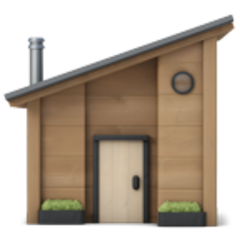
Total vacation rentals
Explore 5,520 vacation rentals in Kyoto
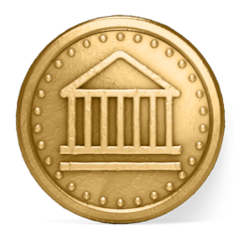
Verified guest reviews
Over 470,350 verified reviews to help you choose
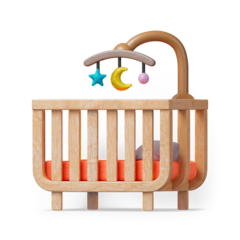
Family-friendly vacation rentals
2,340 properties offer extra space & kid-friendly amenities

Pet-friendly vacation rentals
Find 170 rentals that welcome pets

Rentals with dedicated workspaces
2,010 properties have a dedicated workspace

Wi-Fi availability
5,340 of Kyoto vacation rentals include wi-fi access

Popular amenities for guests
Guests love Self check-in, Monthly stays, and Gym across Kyoto rentals

4.8 Average rating
Kyoto stays are highly rated by guests—averaging 4.8 out of 5!

Nearby attractions
Kyoto's top spots, include Fushimi Inari-taisha, Nishiki Market, and Yasaka Shrine
Destinations to explore
- Tokyo Vacation rentals
- Osaka Vacation rentals
- Tokyo 23 wards Vacation rentals
- Shinjuku Vacation rentals
- Shibuya Vacation rentals
- Nagoya Vacation rentals
- Sumida-ku Vacation rentals
- Sumida River Vacation rentals
- Fujiyama Vacation rentals
- Yokohama Vacation rentals
- Hakone Vacation rentals
- Hiroshima Vacation rentals
- Rentals with an accessible height toilet Kyoto
- Rentals with an EV charger Kyoto
- Condo rentals Kyoto
- Serviced apartment rentals Kyoto
- Apartment rentals Kyoto
- Rentals with a fireplace Kyoto
- Hotel rooms Kyoto
- Rentals with a hot tub Kyoto
- Townhouse rentals Kyoto
- Family-friendly rentals Kyoto
- Rentals with a patio Kyoto
- Pet-friendly rentals Kyoto
- Hostel rentals Kyoto
- Smoking-friendly rentals Kyoto
- Villa rentals Kyoto
- Rentals with breakfast Kyoto
- Ryokan rentals Kyoto
- Bed and breakfasts Kyoto
- Rentals with lake access Kyoto
- Rentals with an accessible height bed Kyoto
- Rentals with outdoor seating Kyoto
- Aparthotel rentals Kyoto
- Waterfront rentals Kyoto
- Boutique hotels Kyoto
- Rentals with a washer and dryer Kyoto
- Rentals with a home theater Kyoto
- Namba Sta.
- Kyōto Station
- Shin-Osaka Station
- Universal Studios Japan
- Umeda Station
- Bentencho Station
- Tennoji Station
- Nishi-kujō Station
- Universal City Station
- Kobe-sannomiya Station
- Suzuka Circuit
- Sannomiya Station
- Temma Station
- Arashiyama Bamboo Forest
- Kyocera Dome Osaka
- Osaka Station City
- Tsuruhashi Station
- JR Namba Station
- Taisho Station
- Fushimi Inari-taisha Shrine
- Nara Park
- Noda Station
- Suma Station
- Arashiyama
- Things to do Kyoto
- Sightseeing Kyoto
- Sports activities Kyoto
- Wellness Kyoto
- Art and culture Kyoto
- Tours Kyoto
- Food and drink Kyoto
- Nature and outdoors Kyoto
- Entertainment Kyoto
- Things to do Kyoto Prefecture
- Art and culture Kyoto Prefecture
- Food and drink Kyoto Prefecture
- Tours Kyoto Prefecture
- Sports activities Kyoto Prefecture
- Entertainment Kyoto Prefecture
- Wellness Kyoto Prefecture
- Sightseeing Kyoto Prefecture
- Nature and outdoors Kyoto Prefecture
- Things to do Japan
- Food and drink Japan
- Sightseeing Japan
- Entertainment Japan
- Nature and outdoors Japan
- Sports activities Japan
- Wellness Japan
- Art and culture Japan
- Tours Japan





